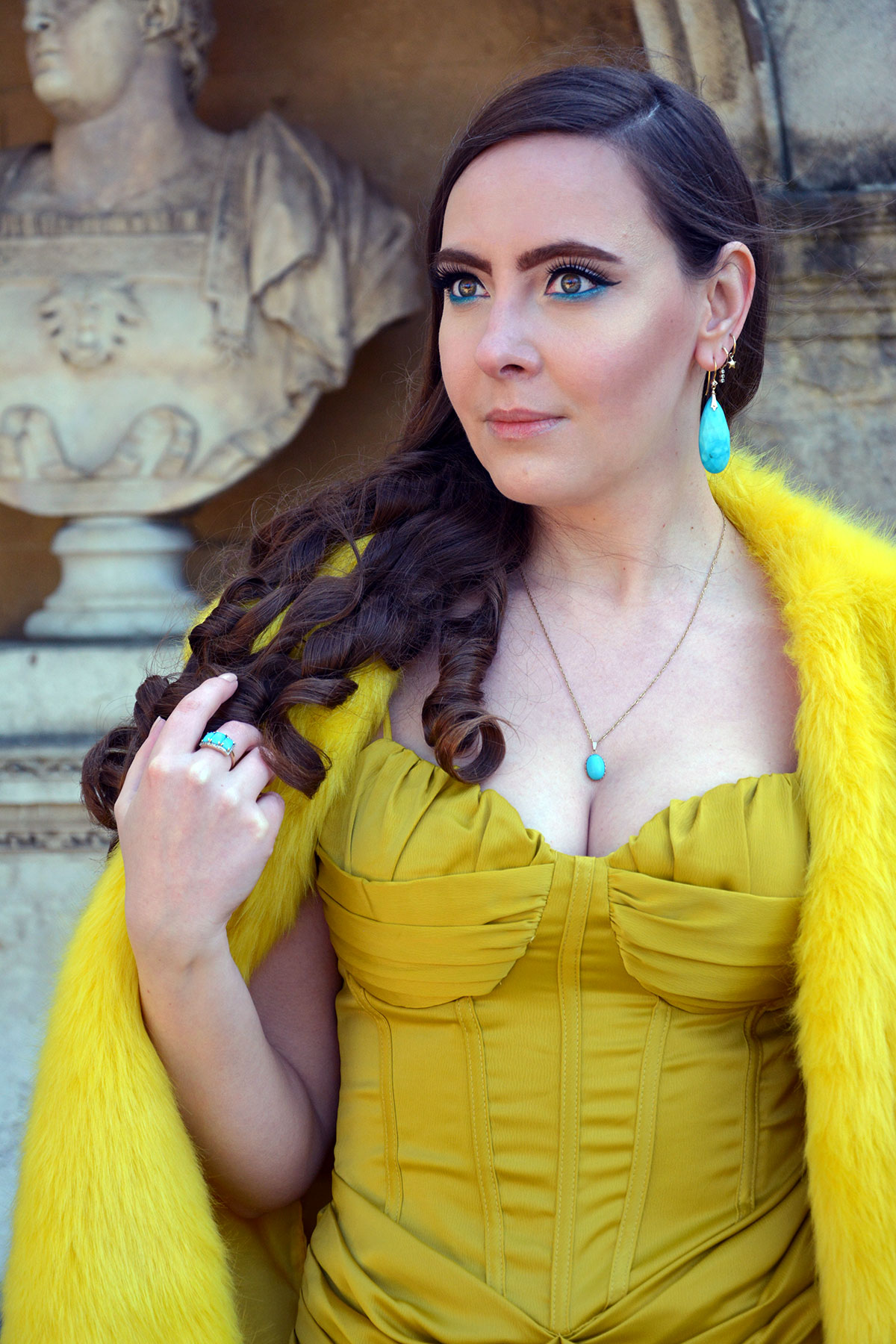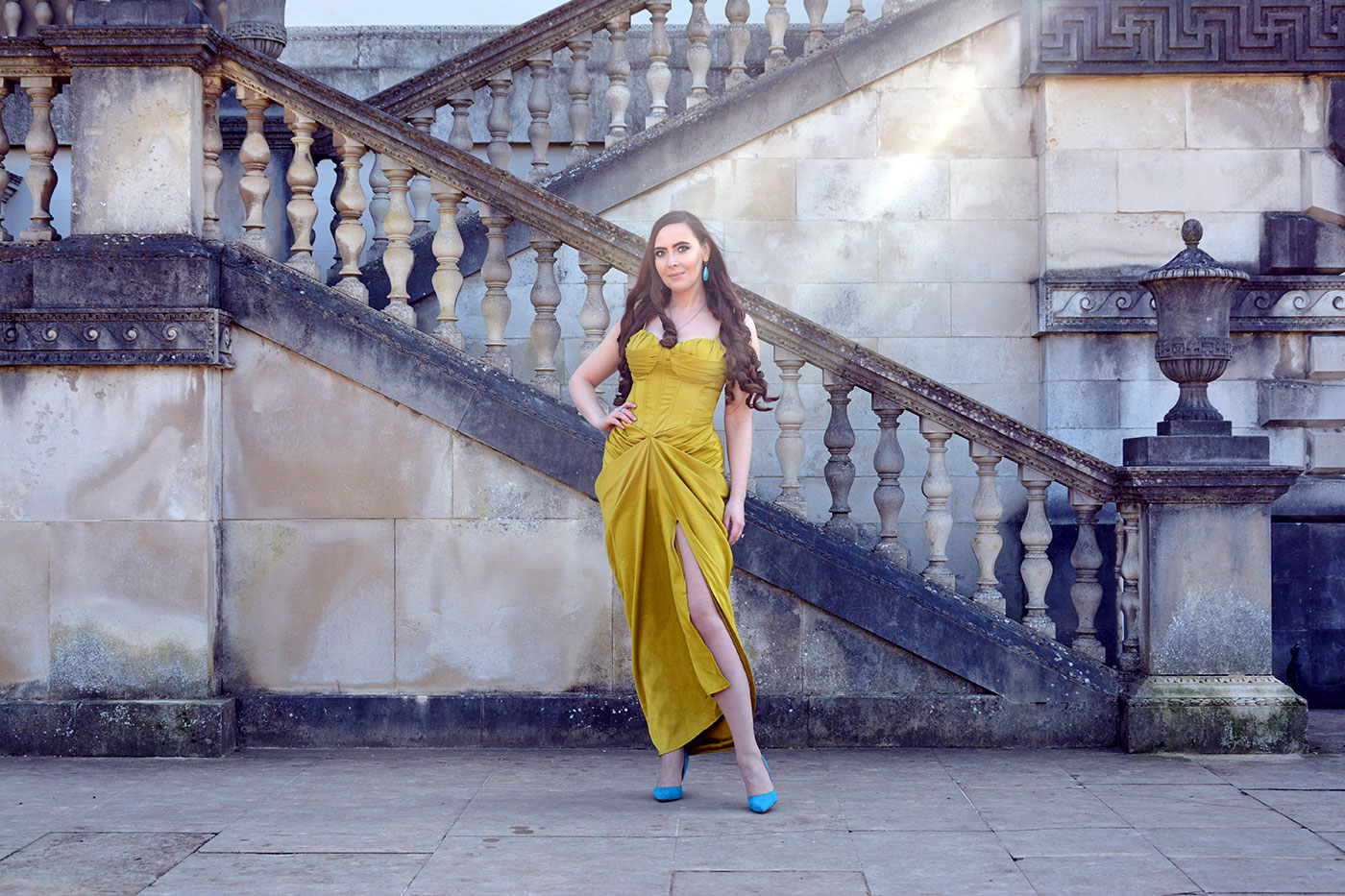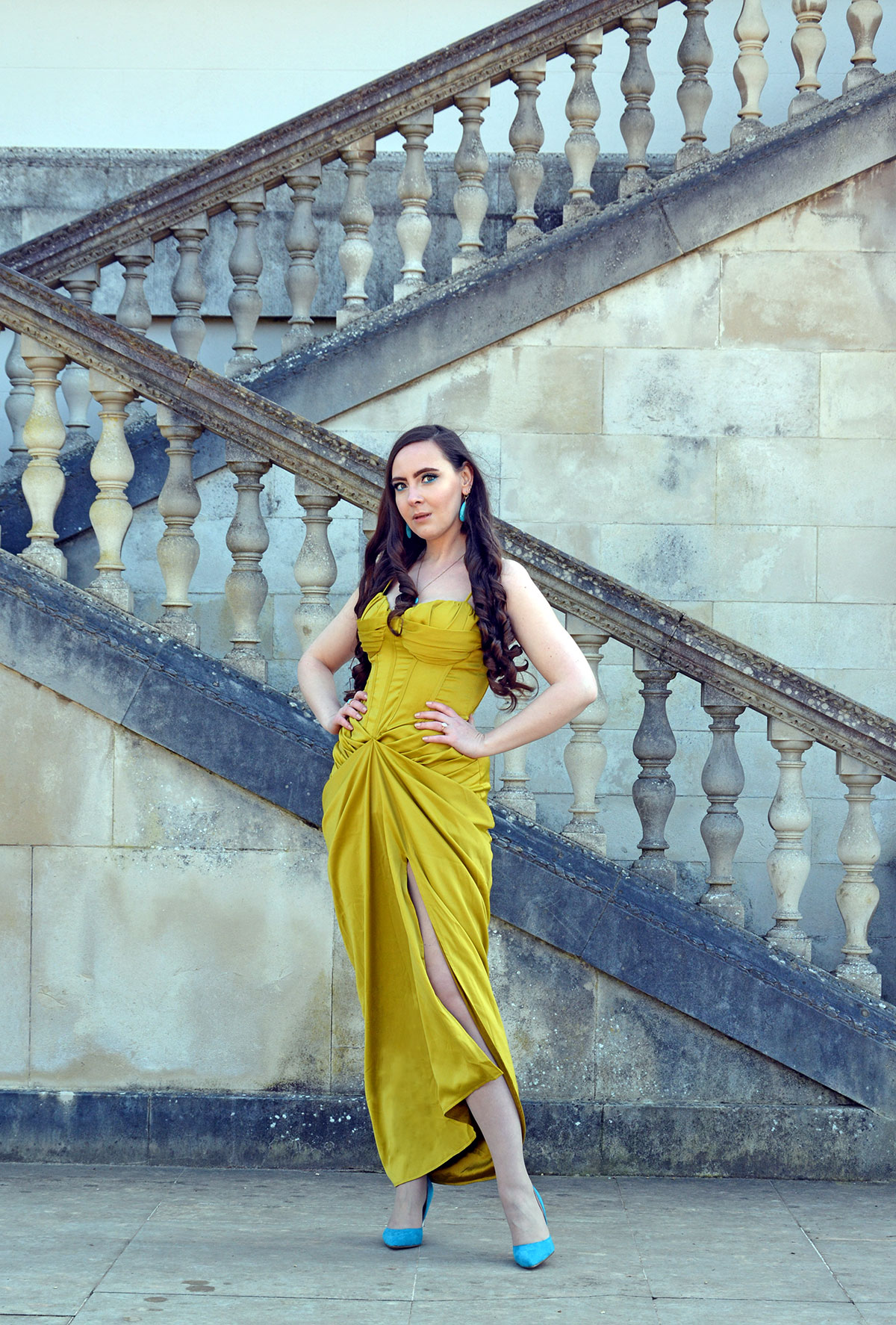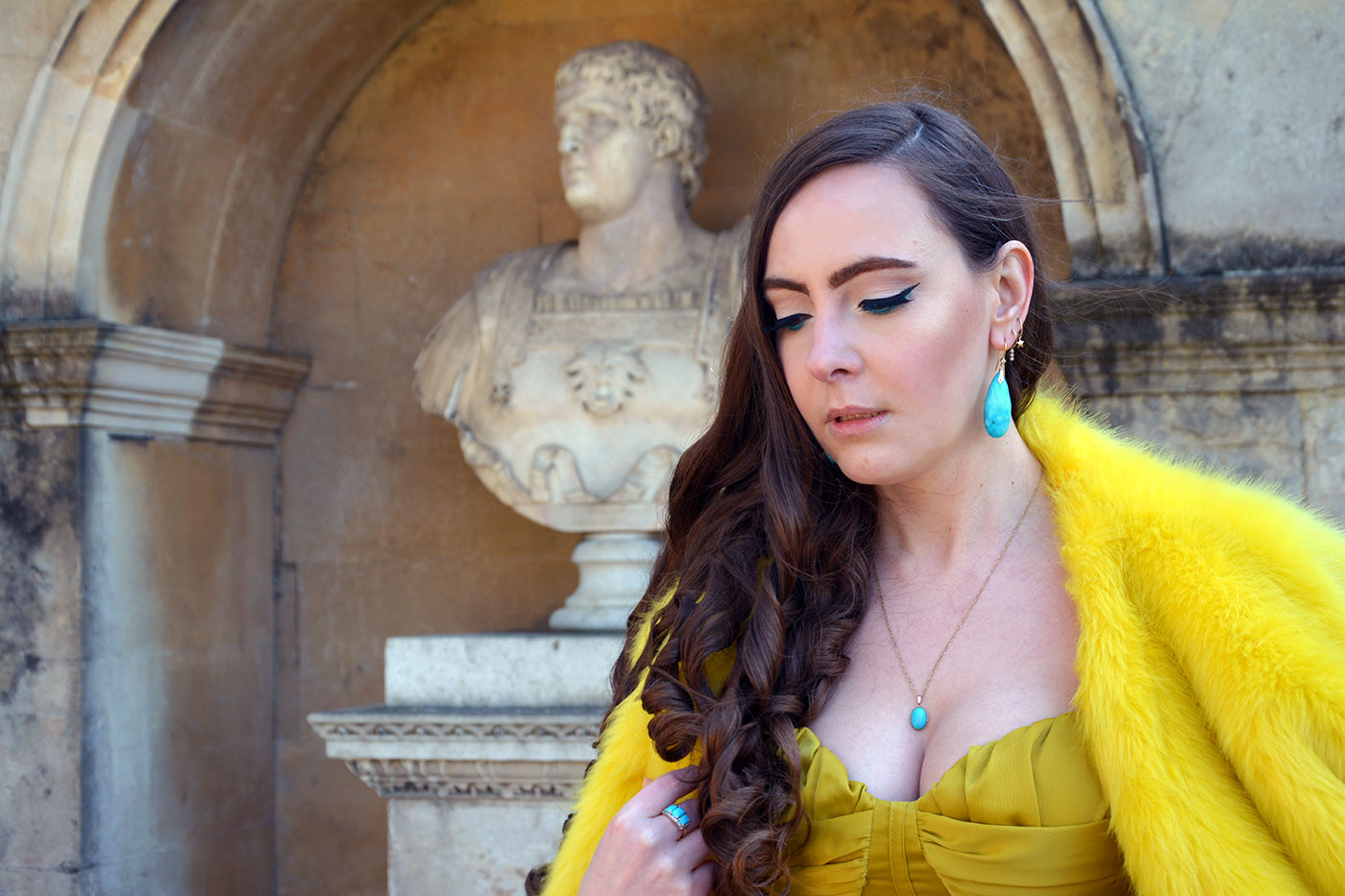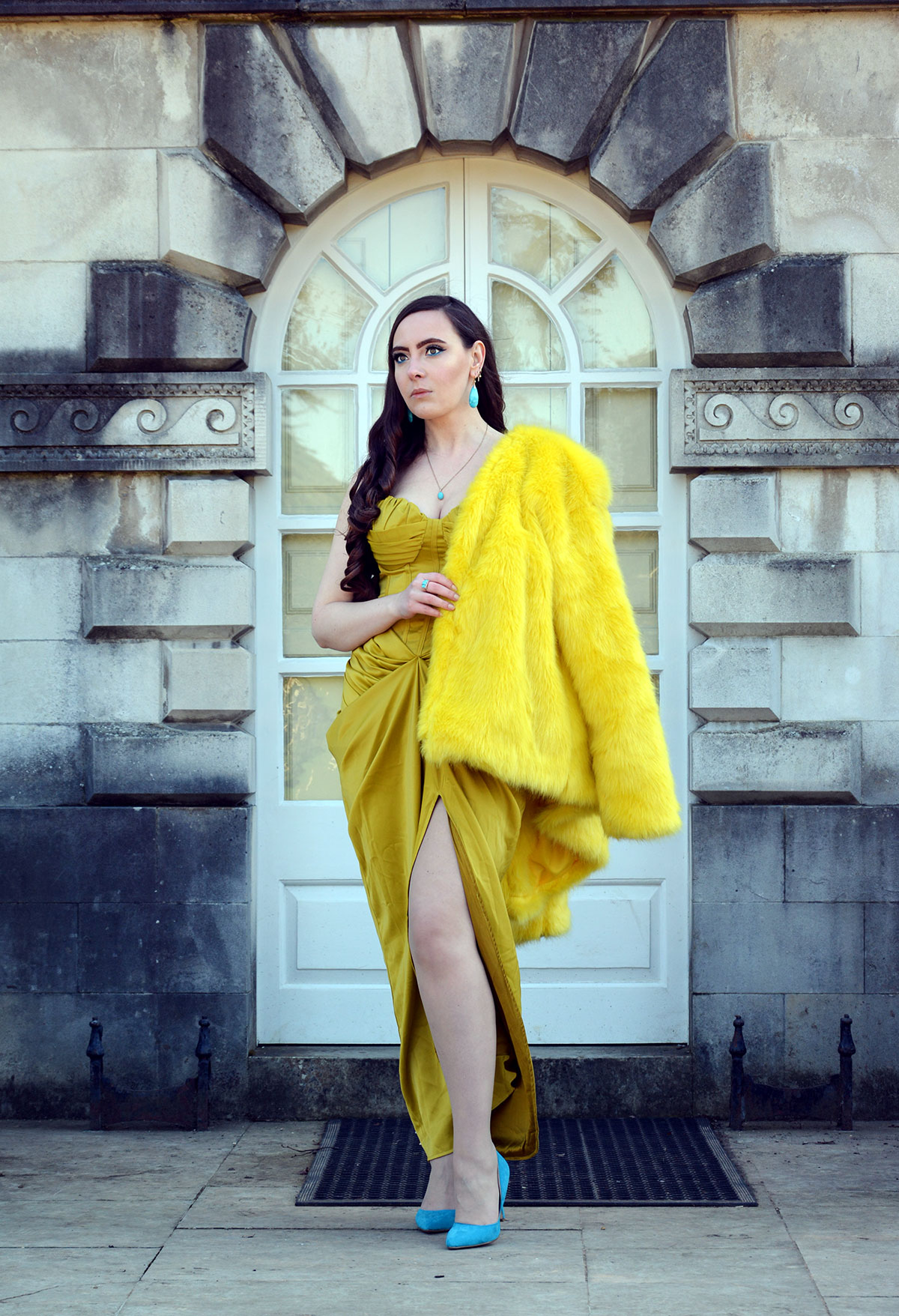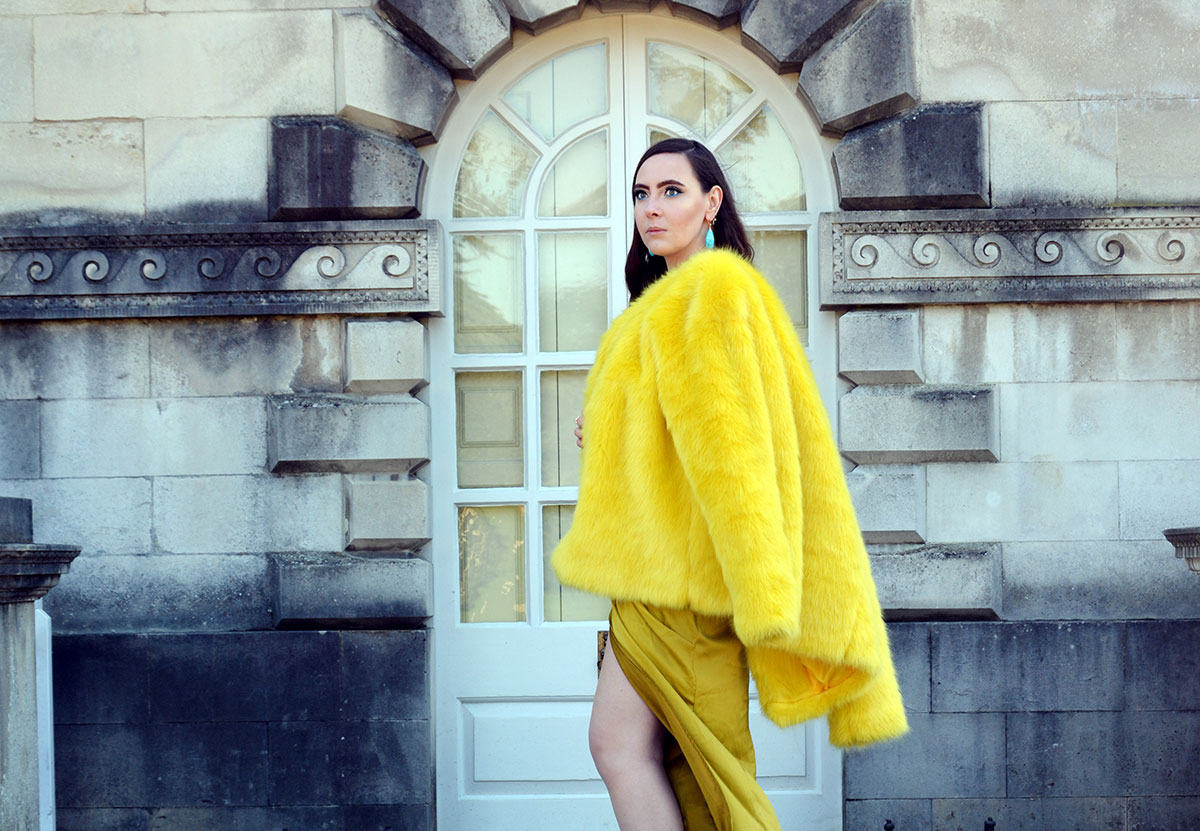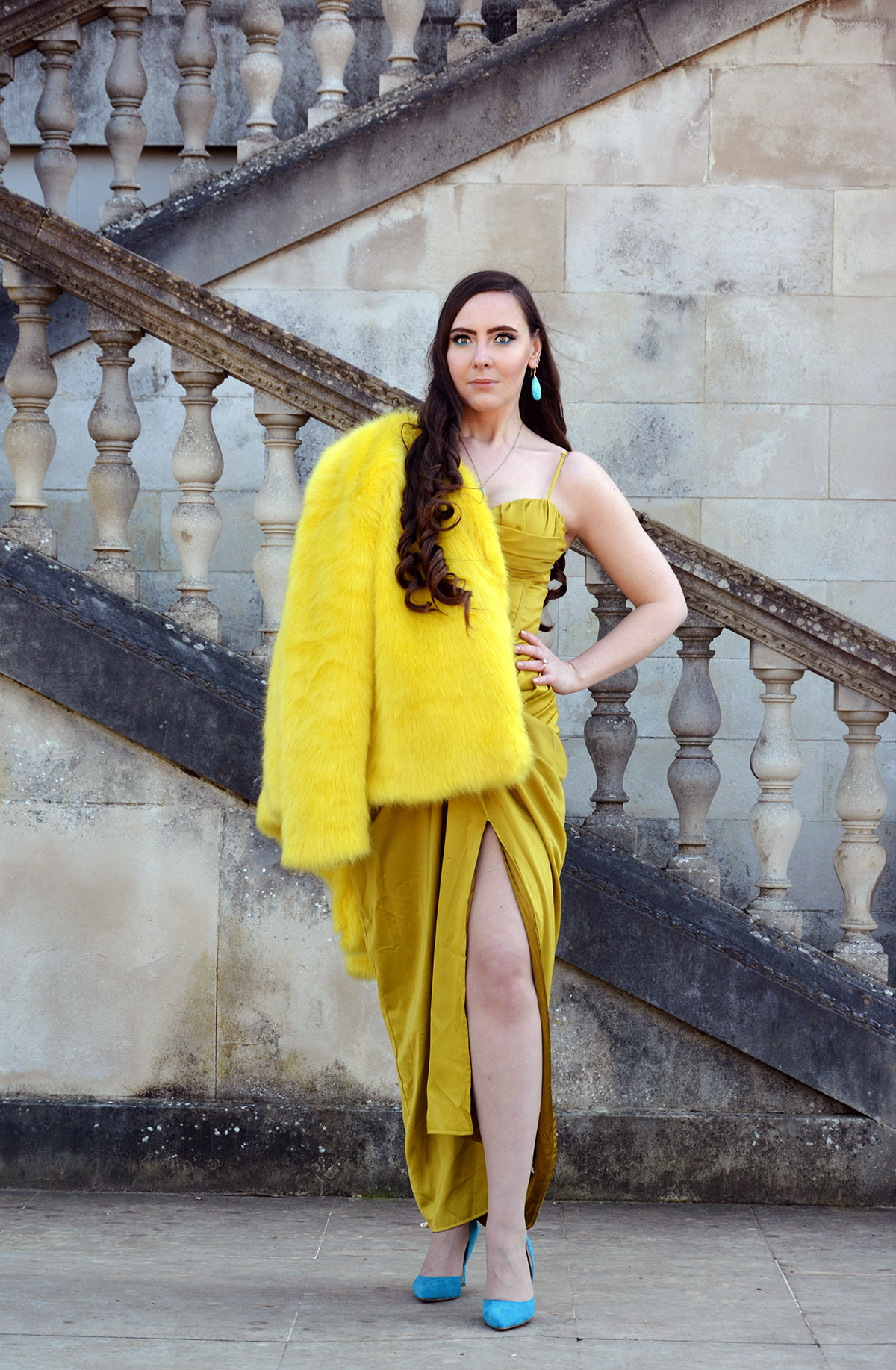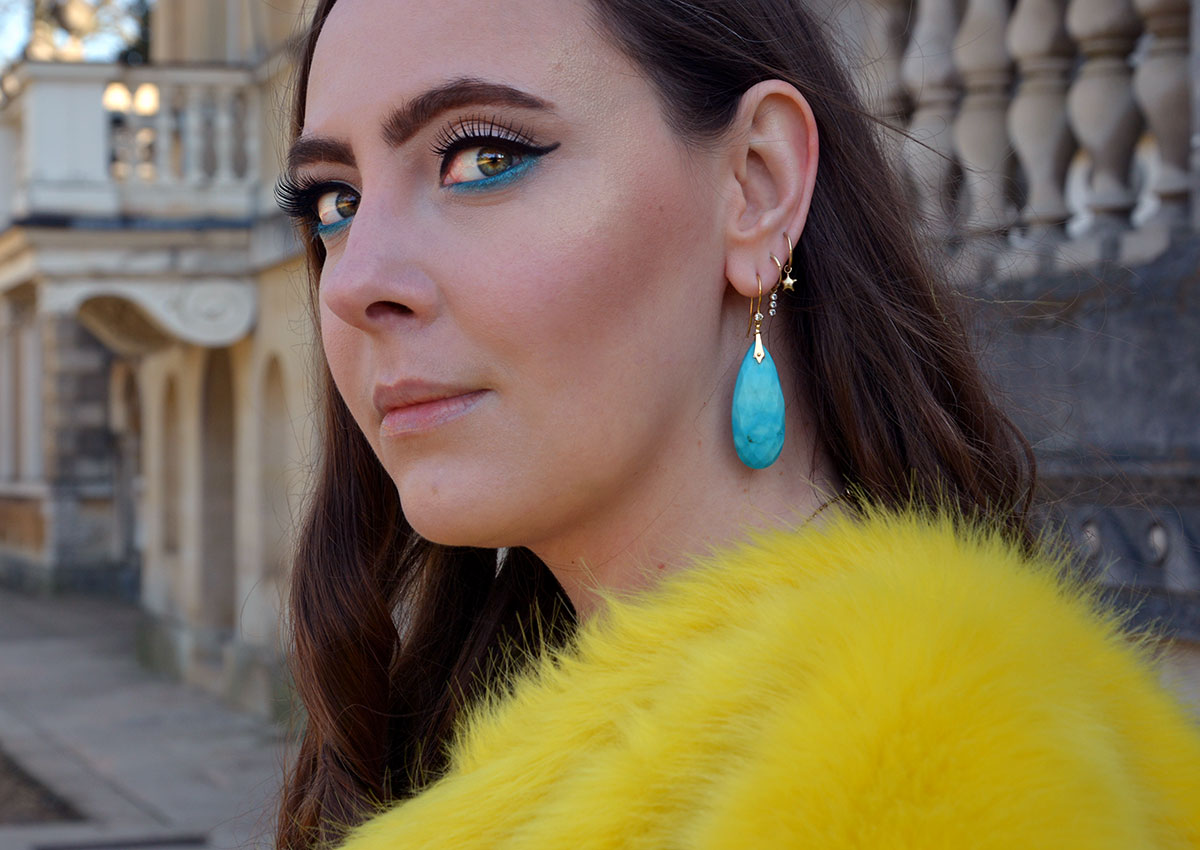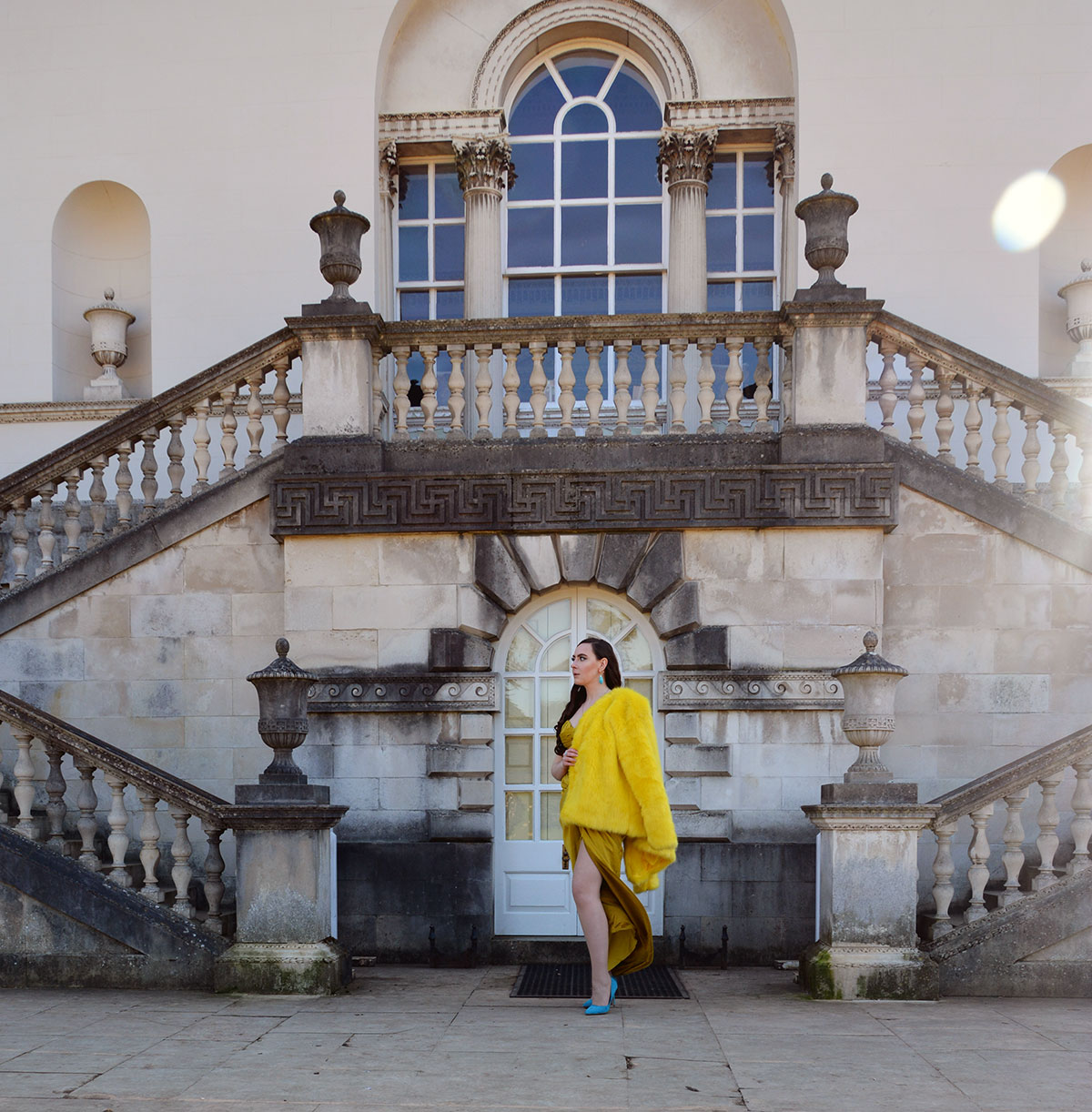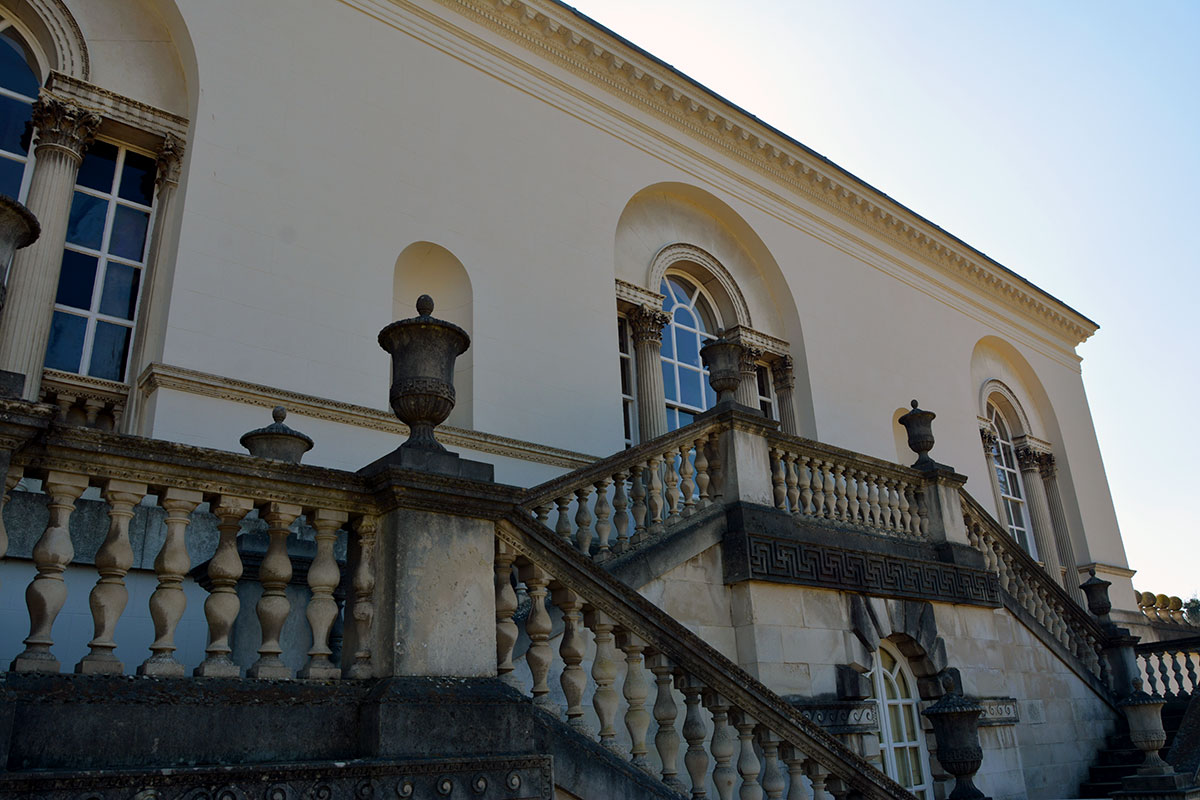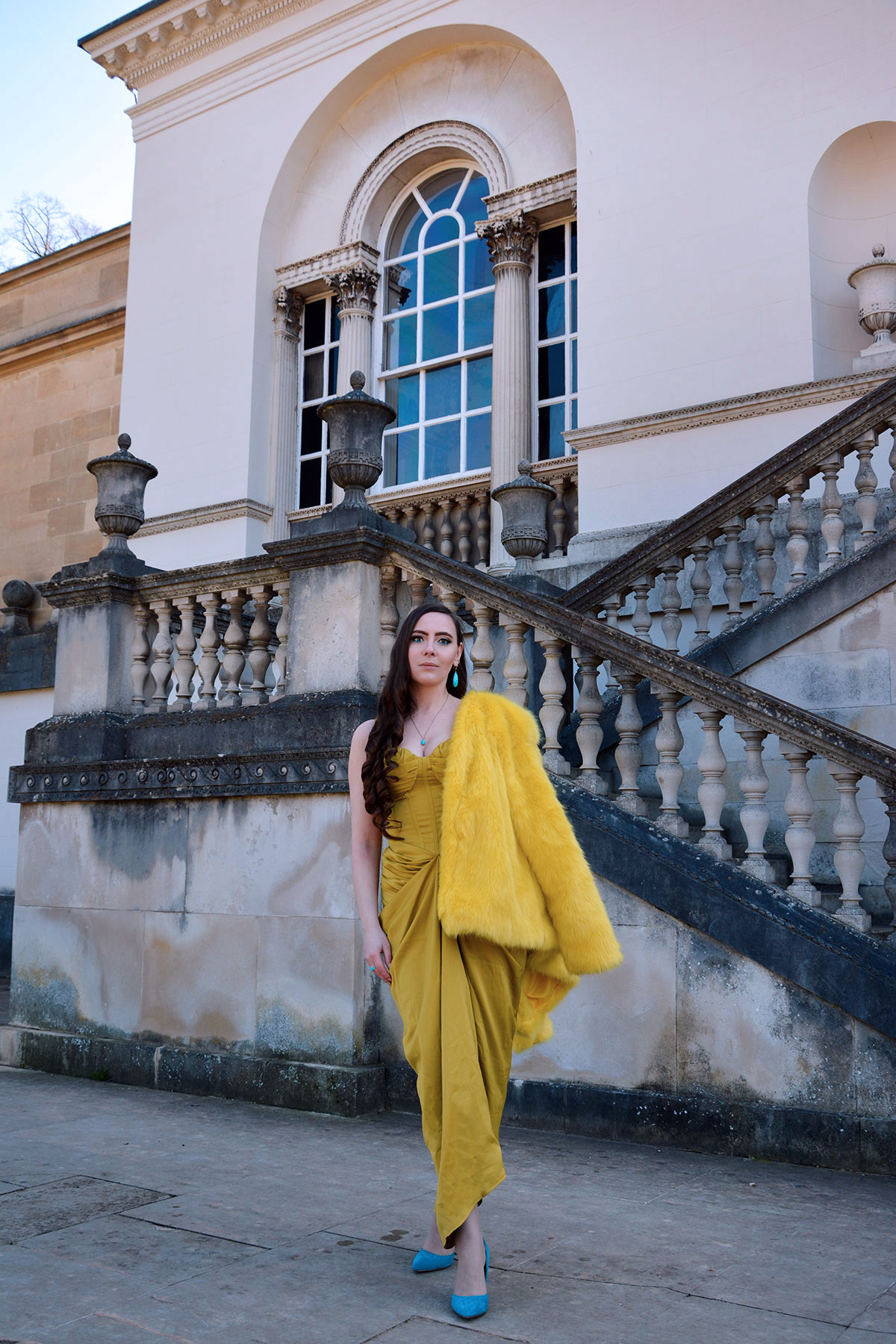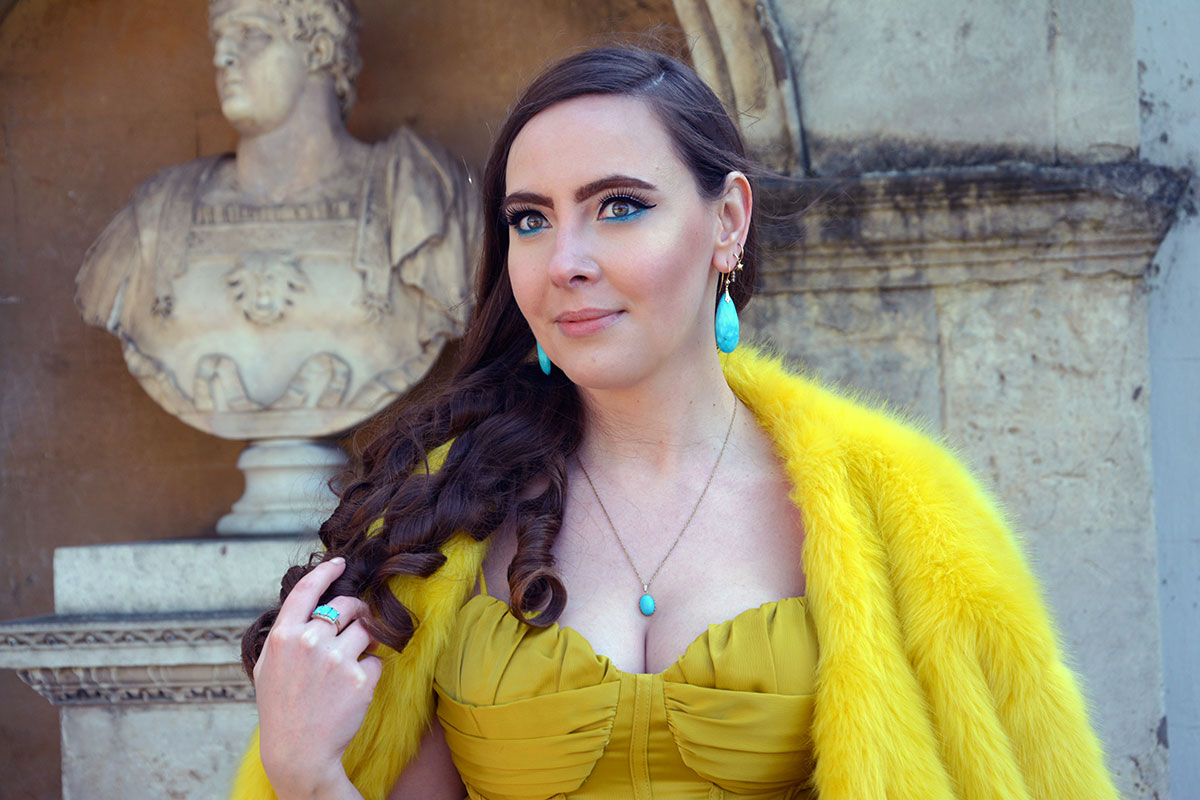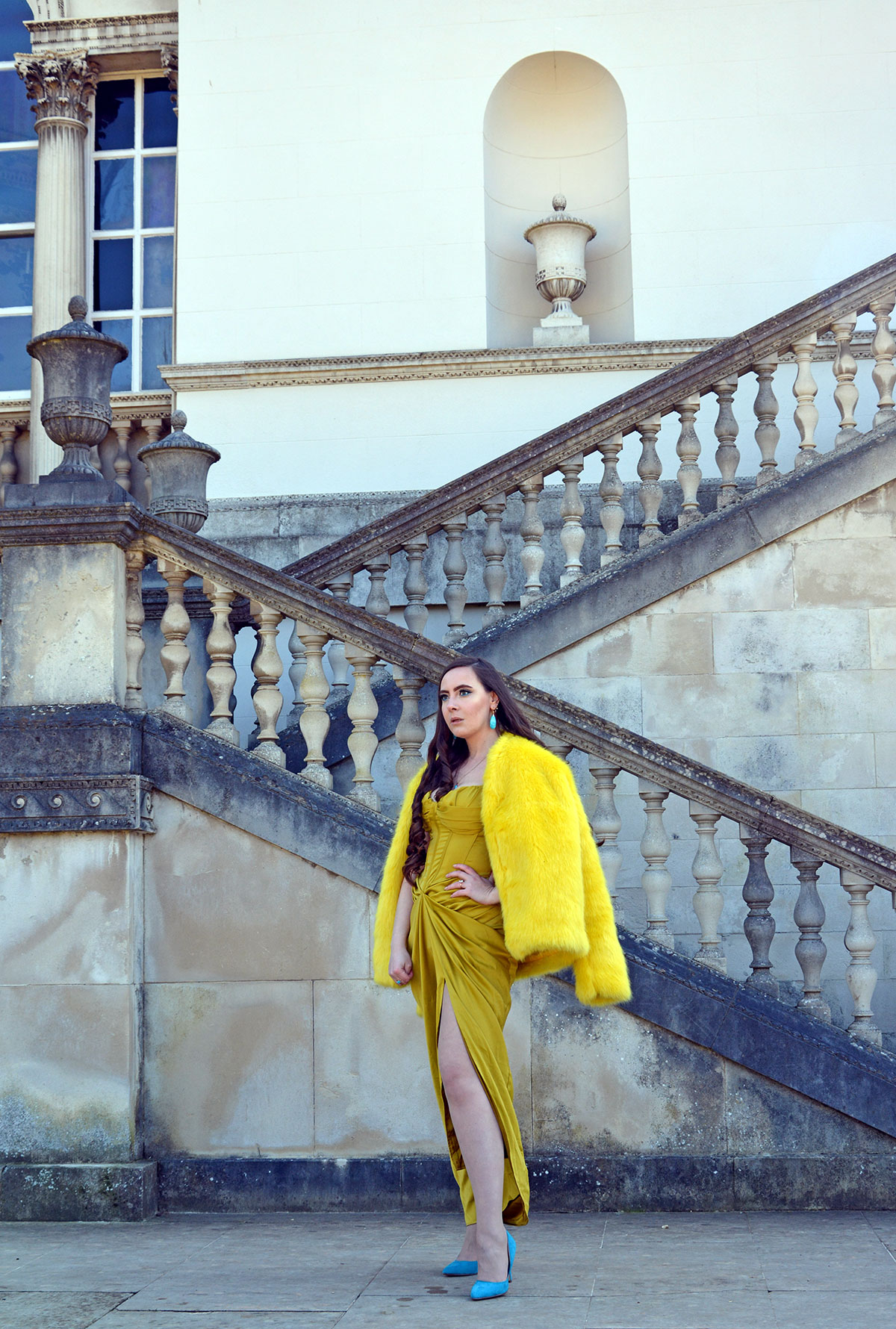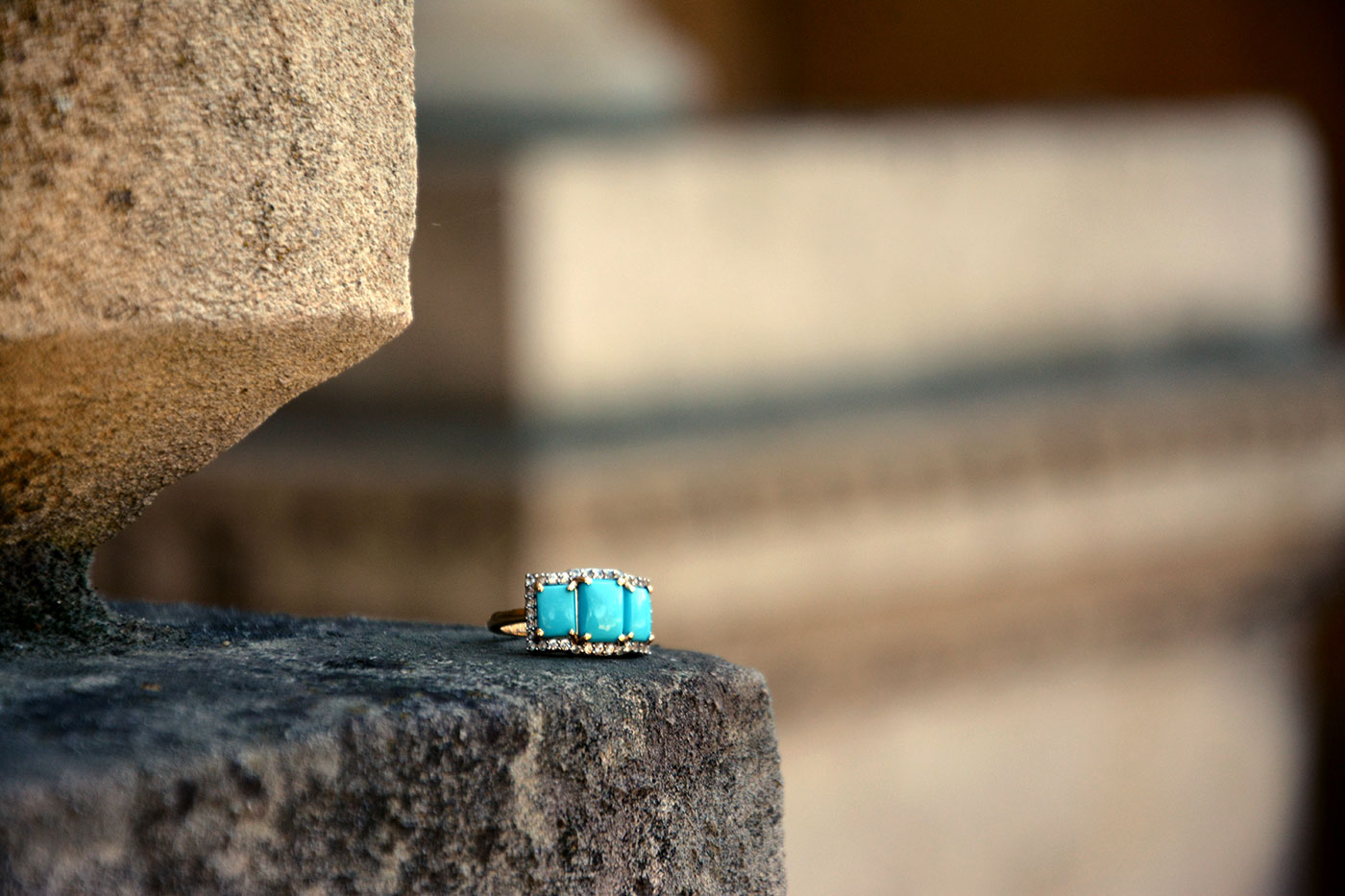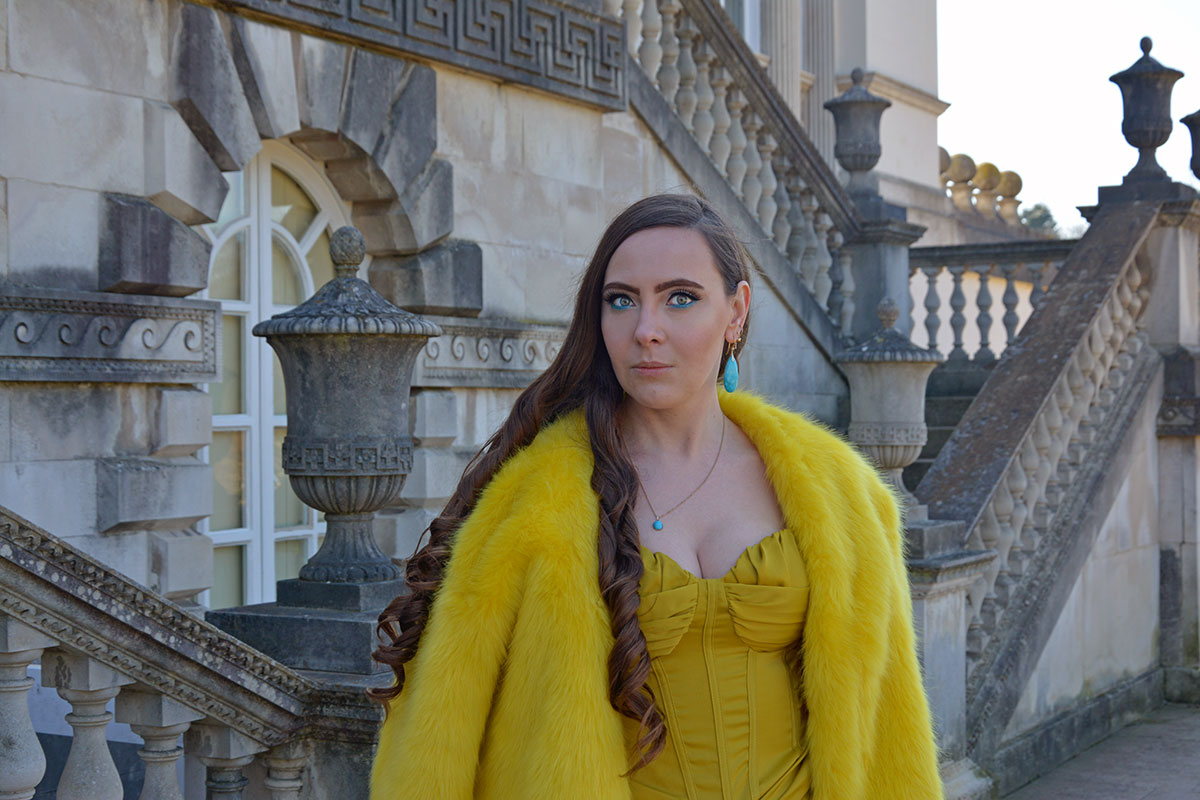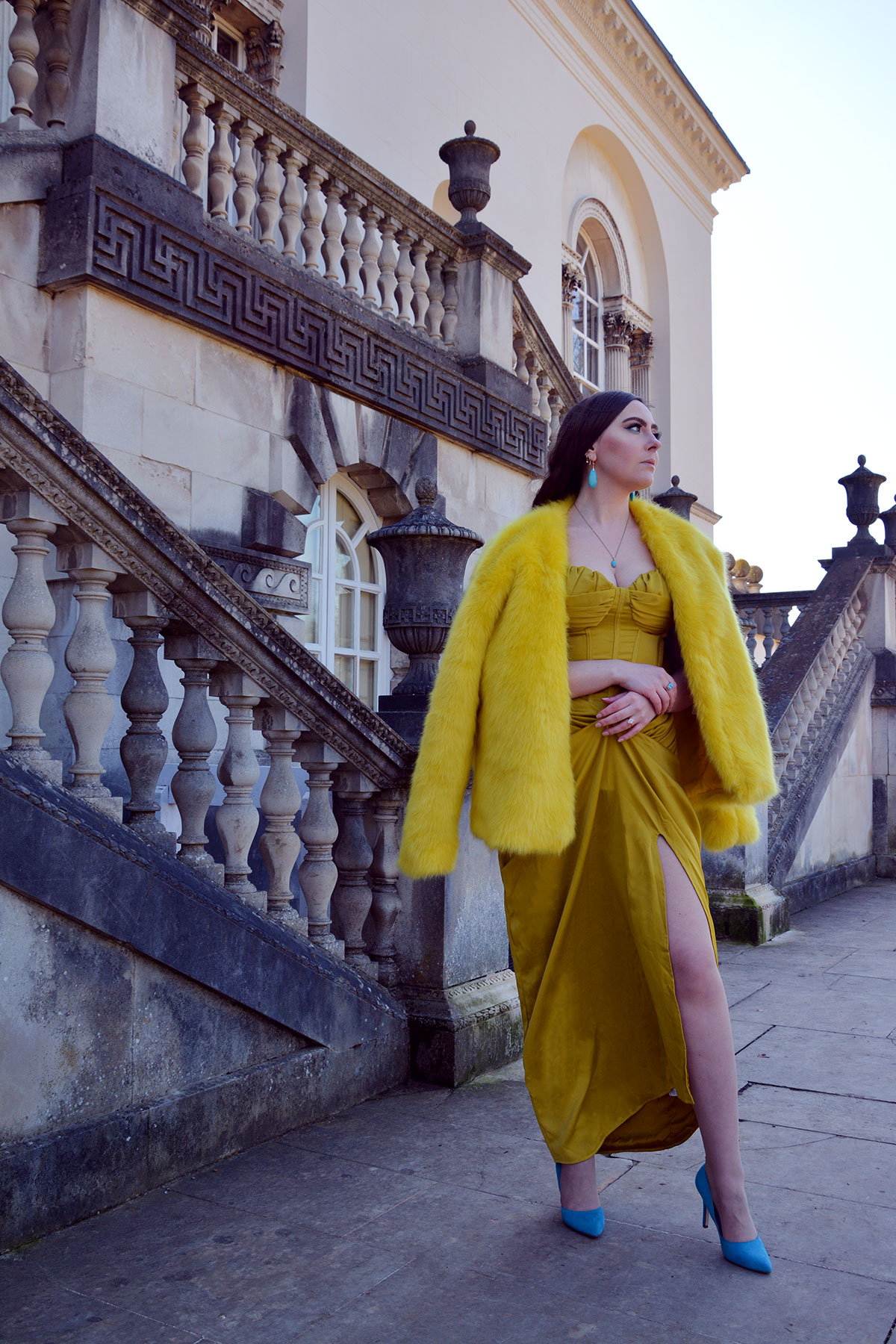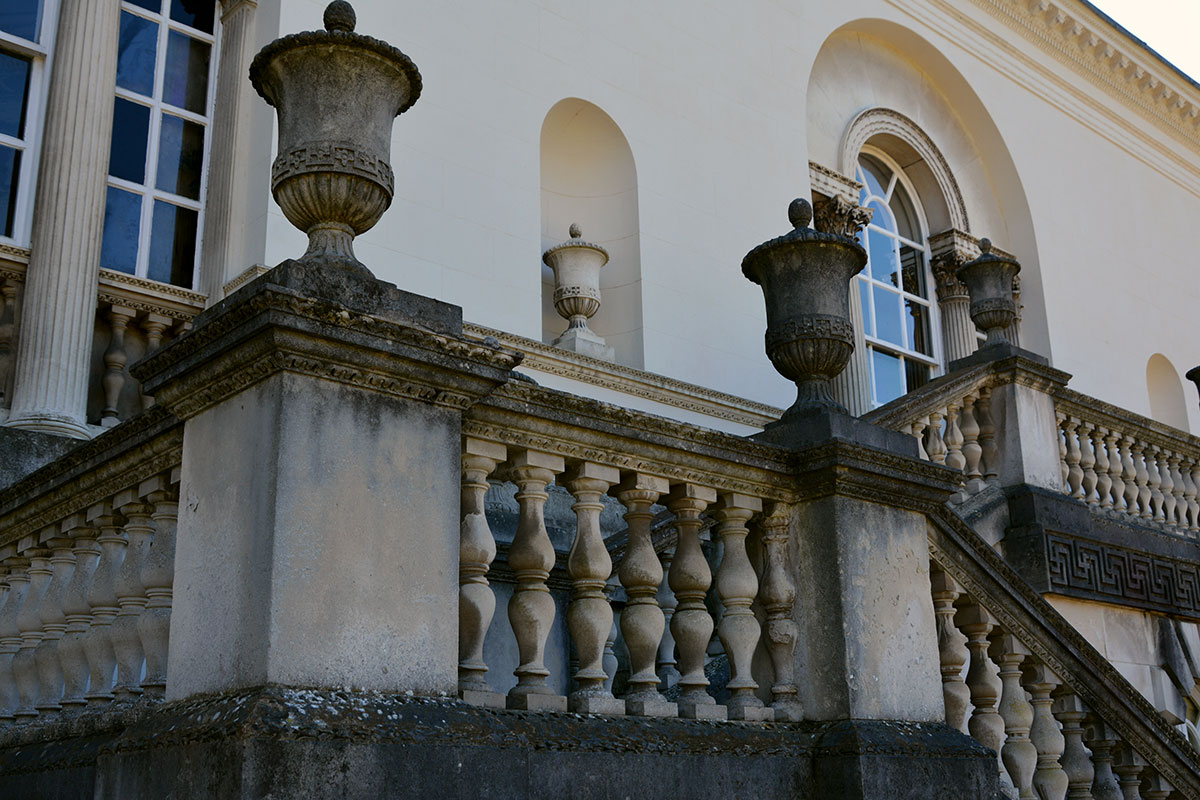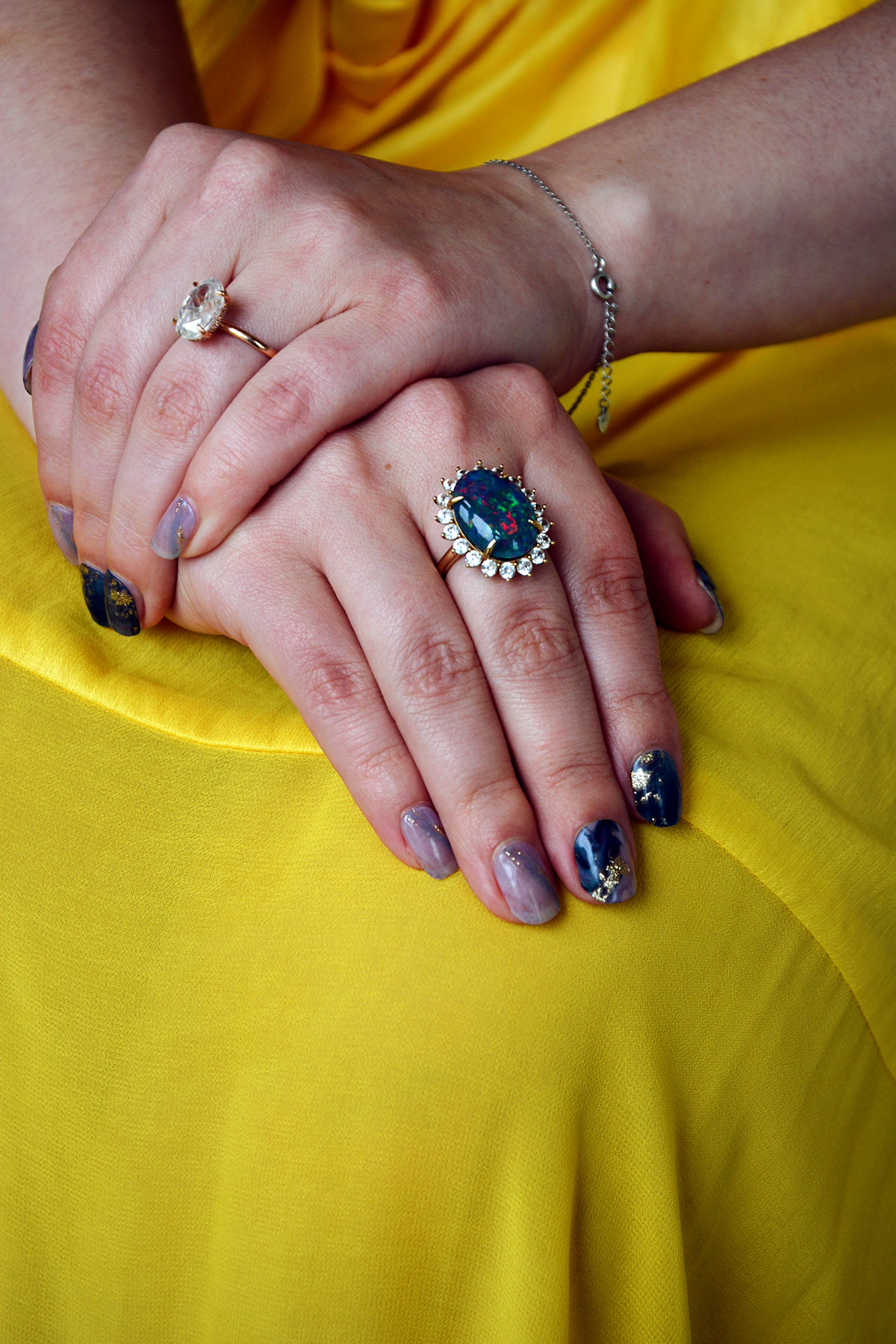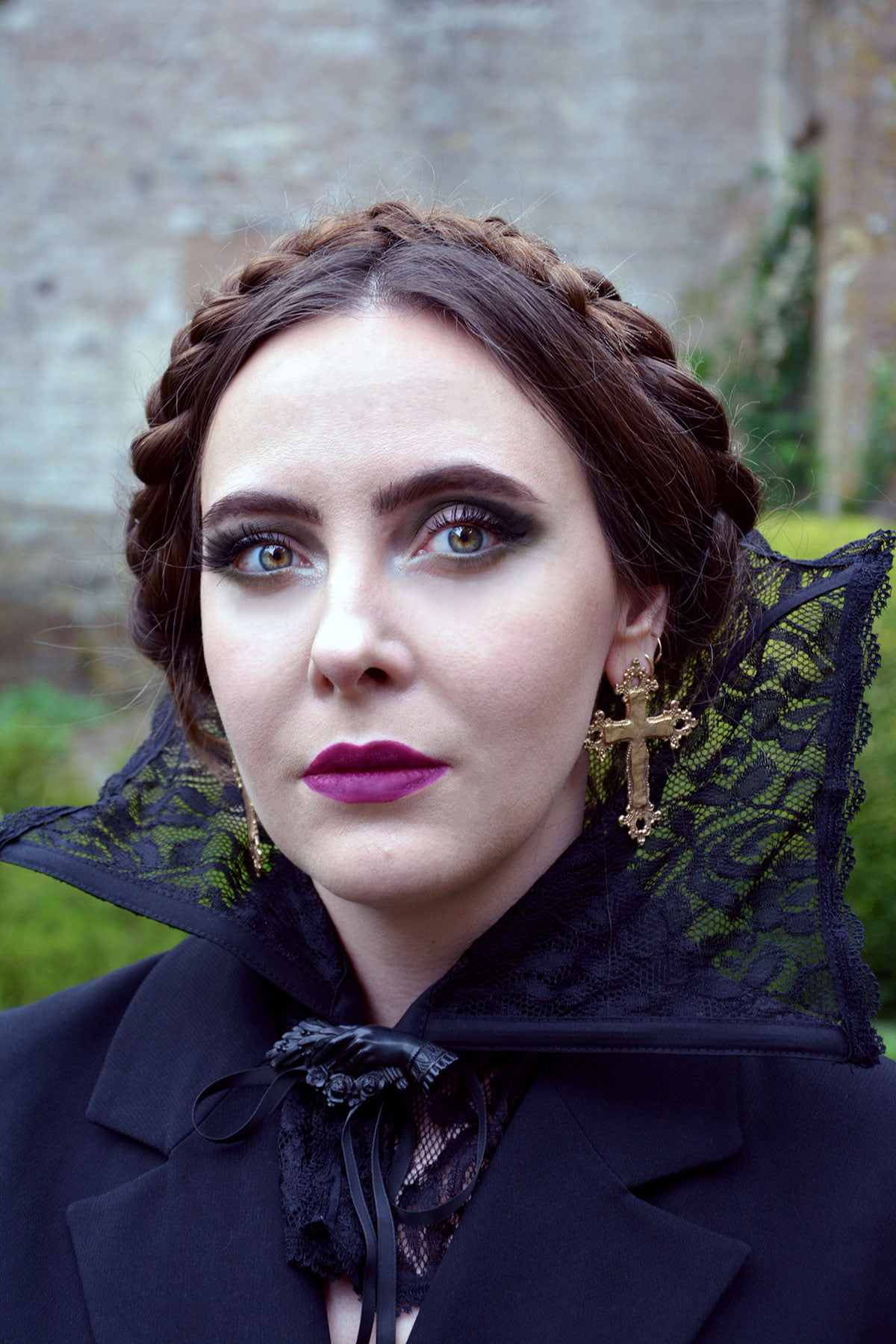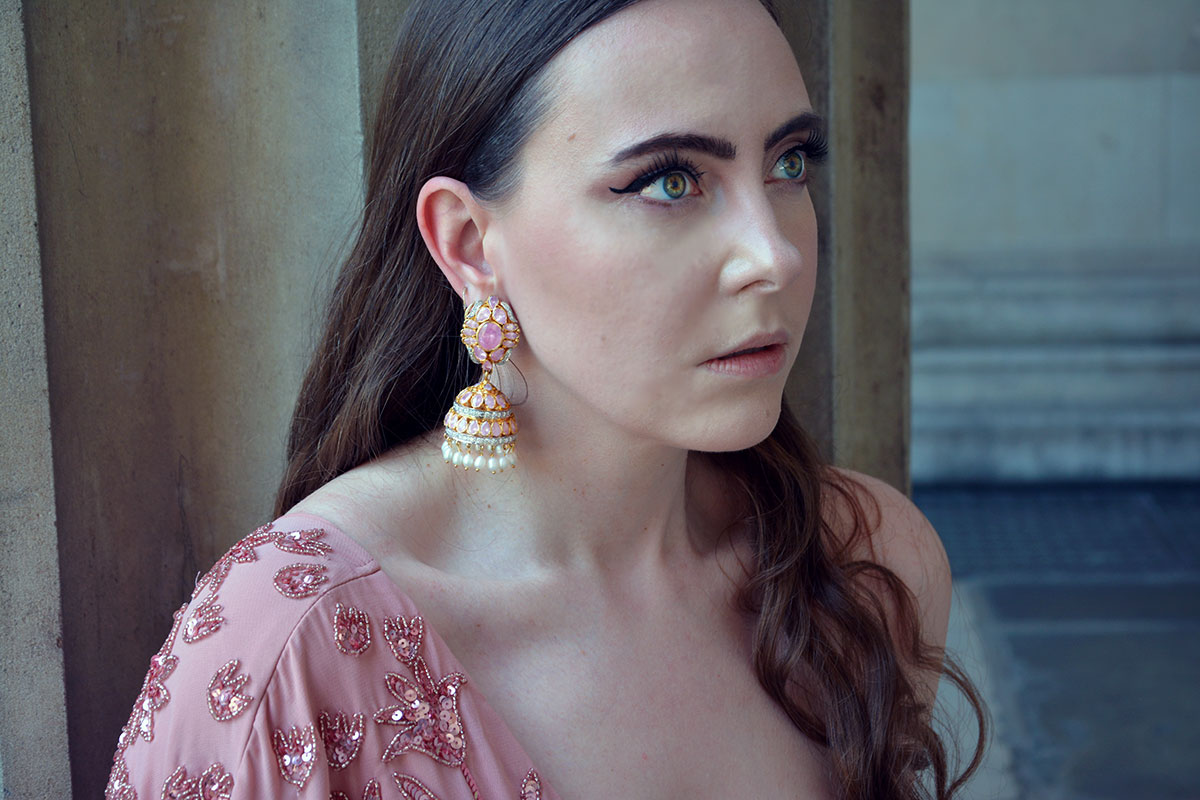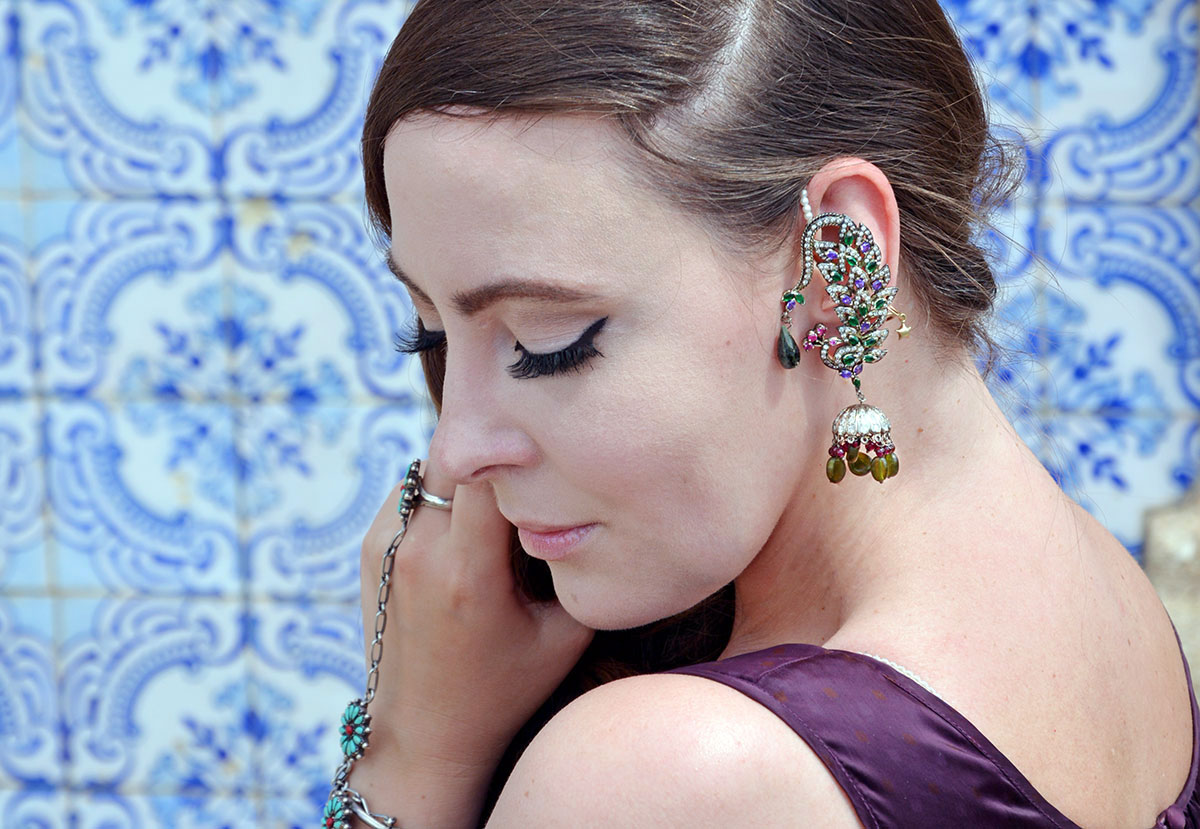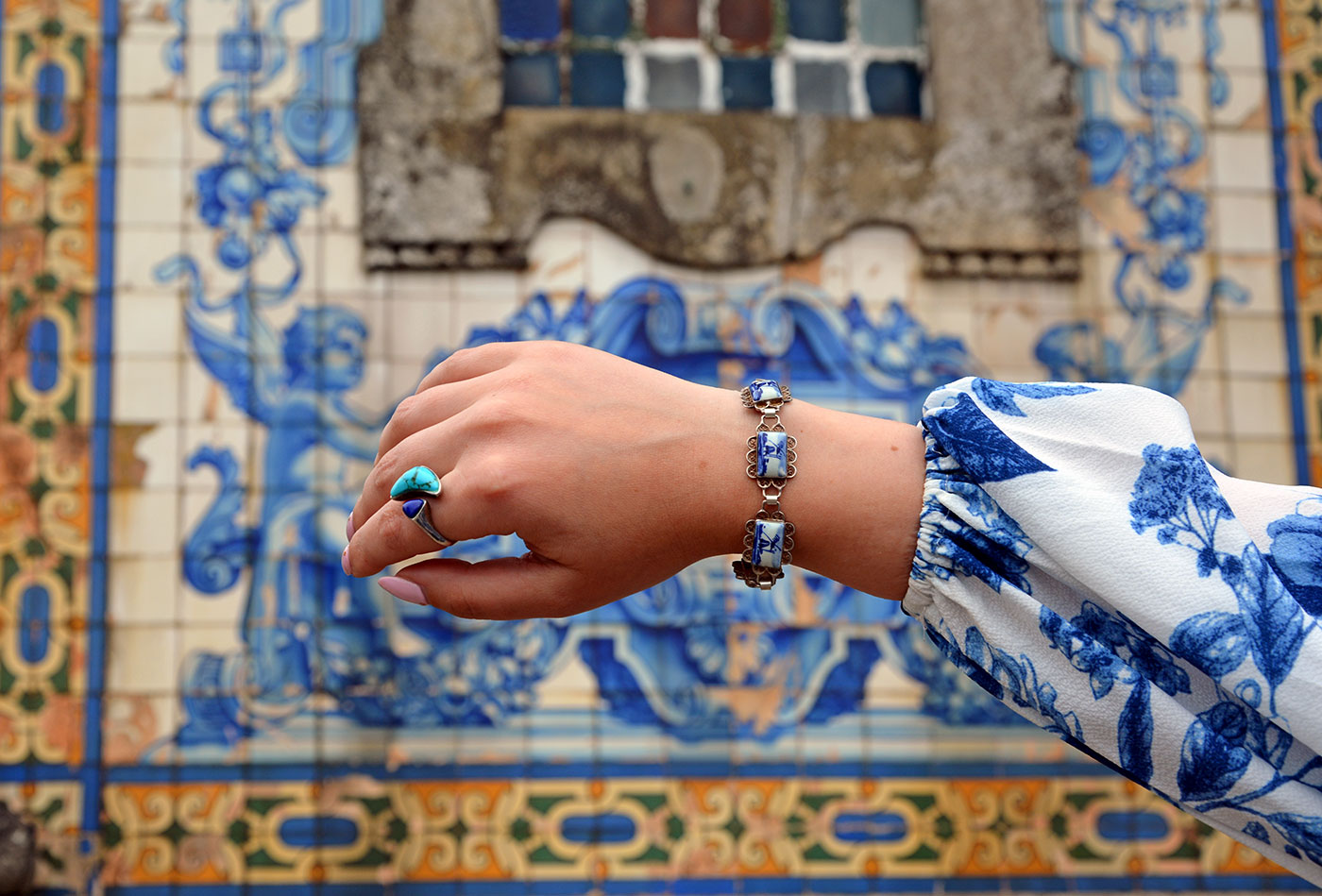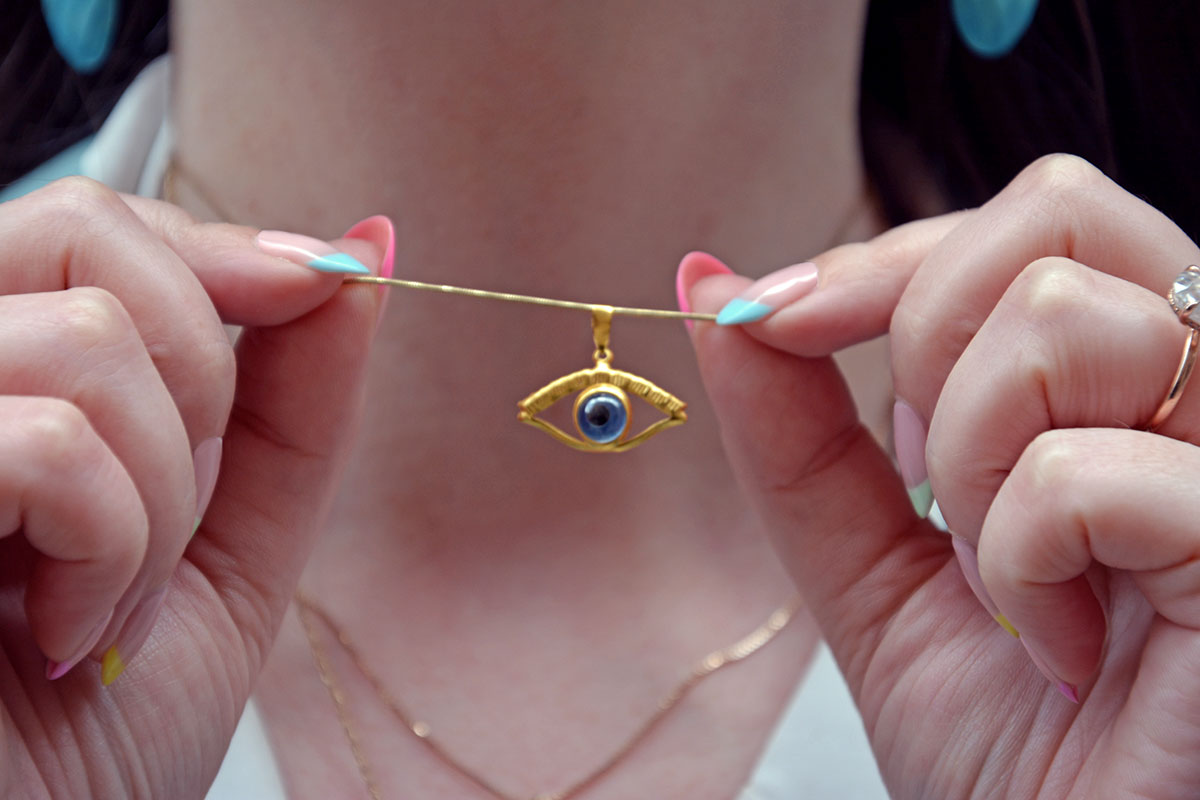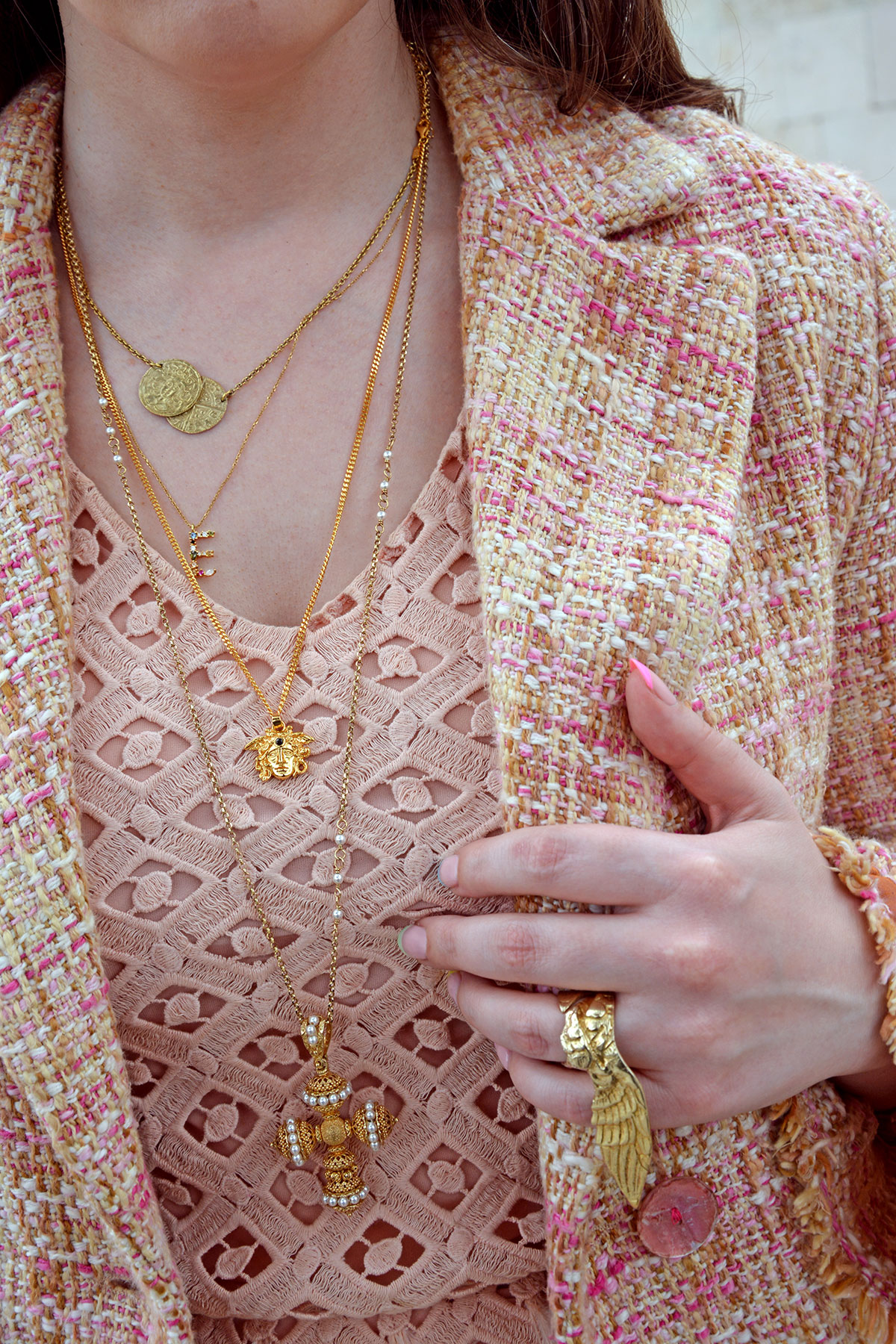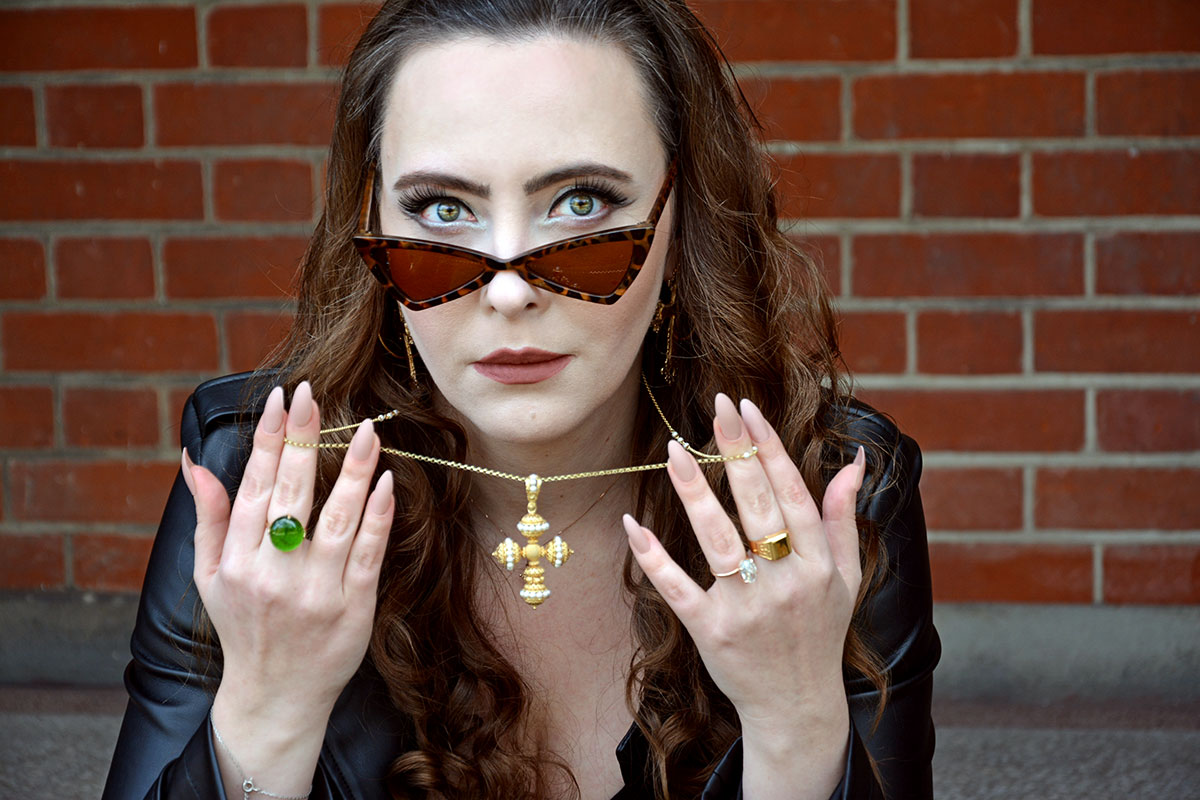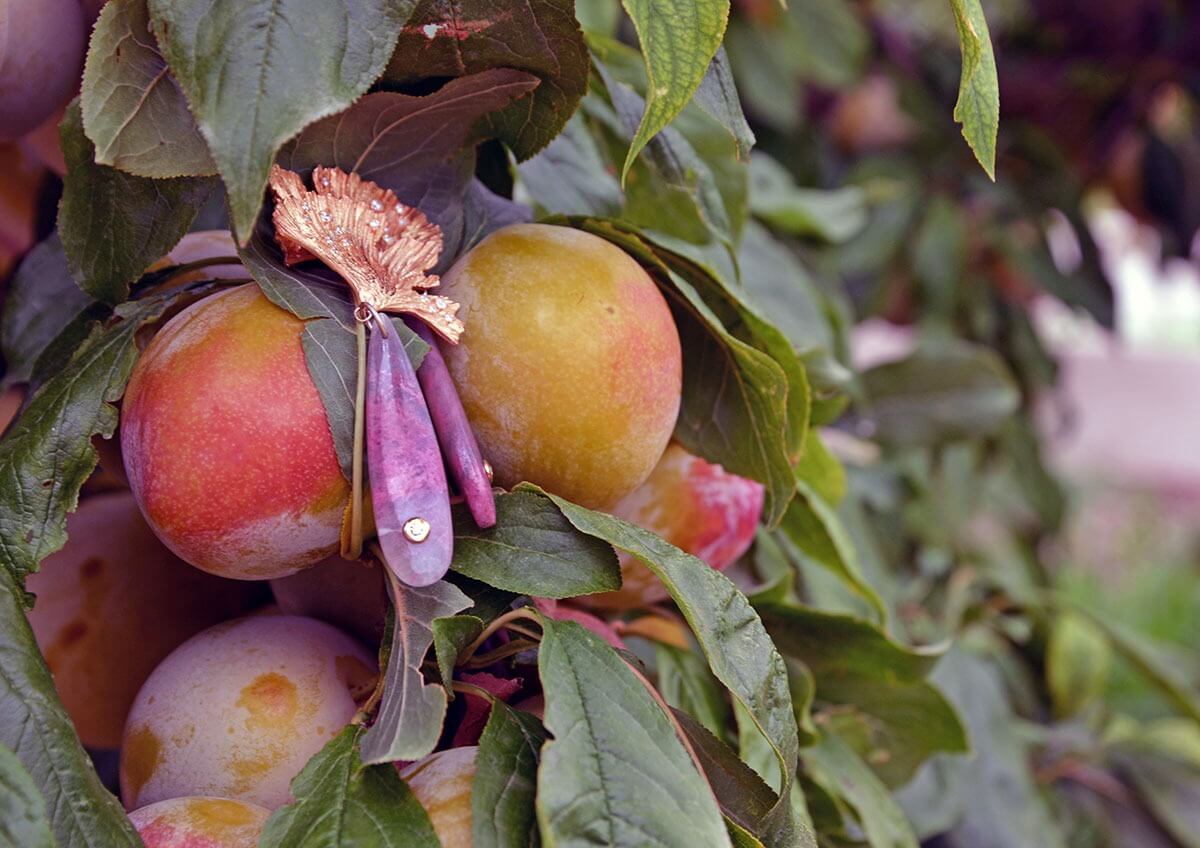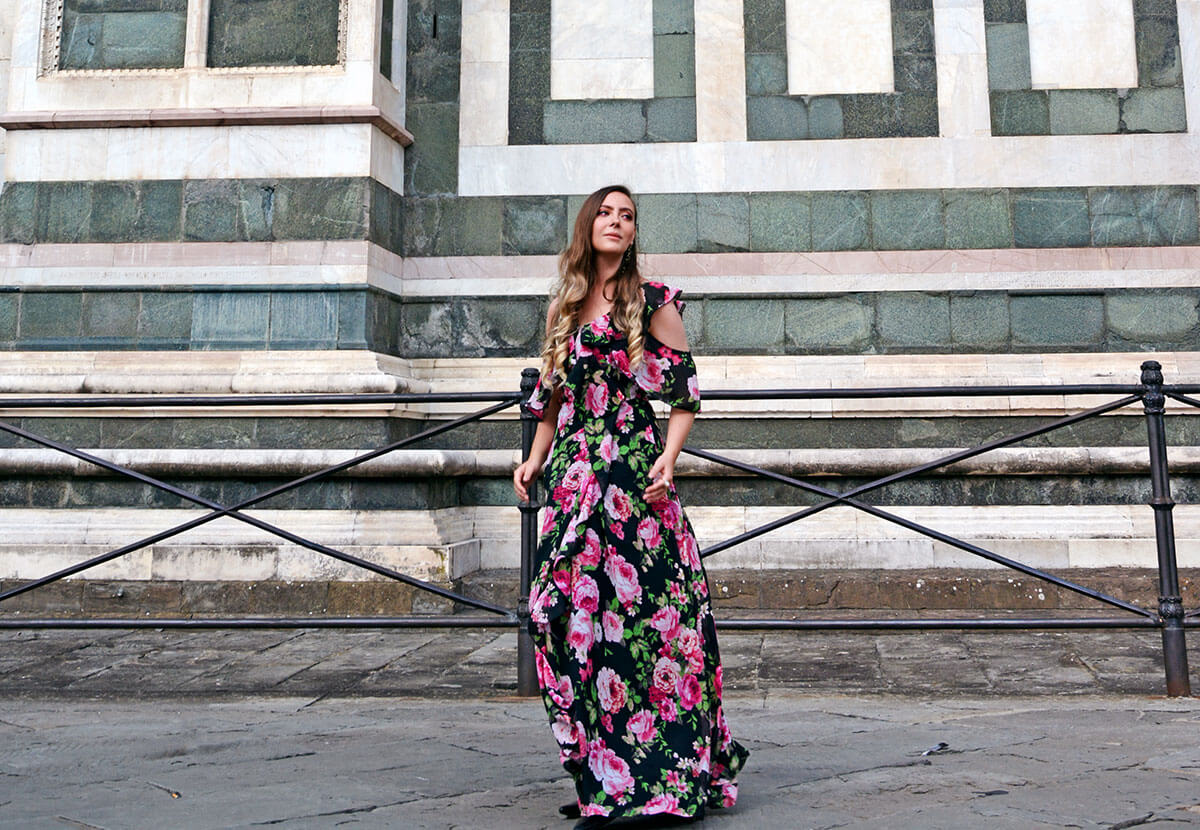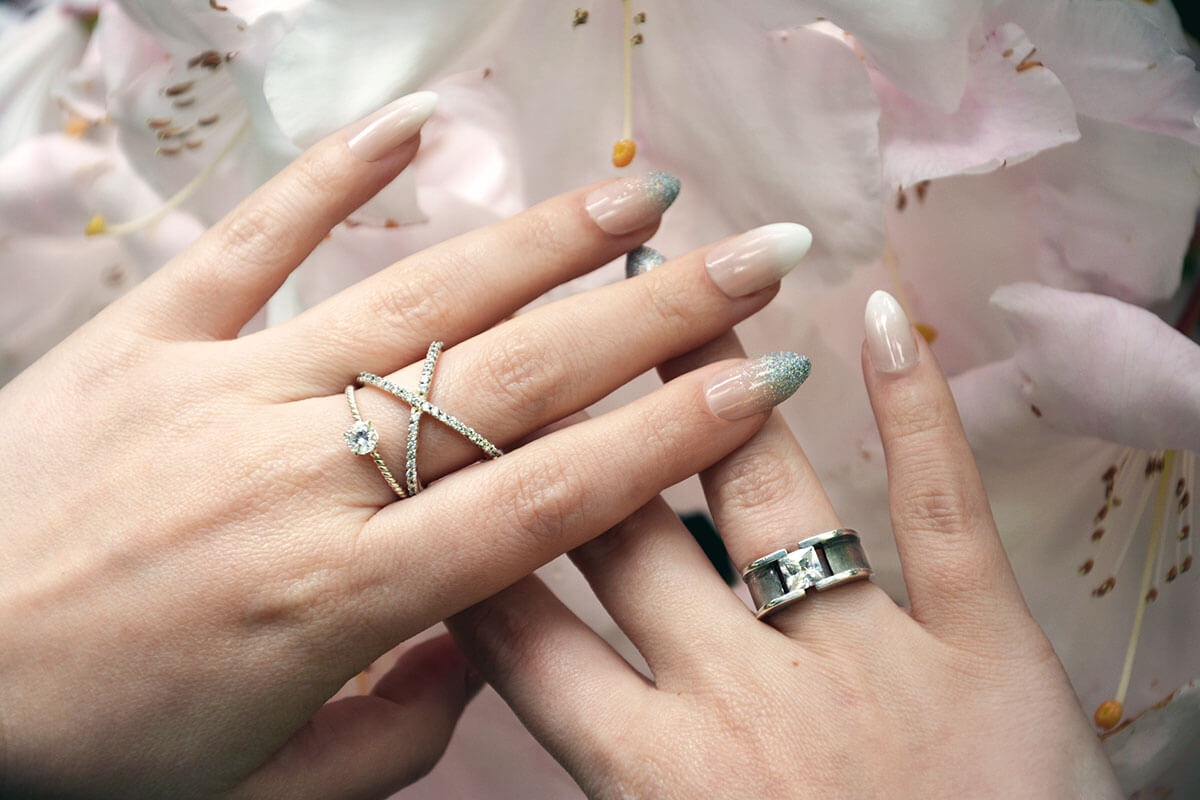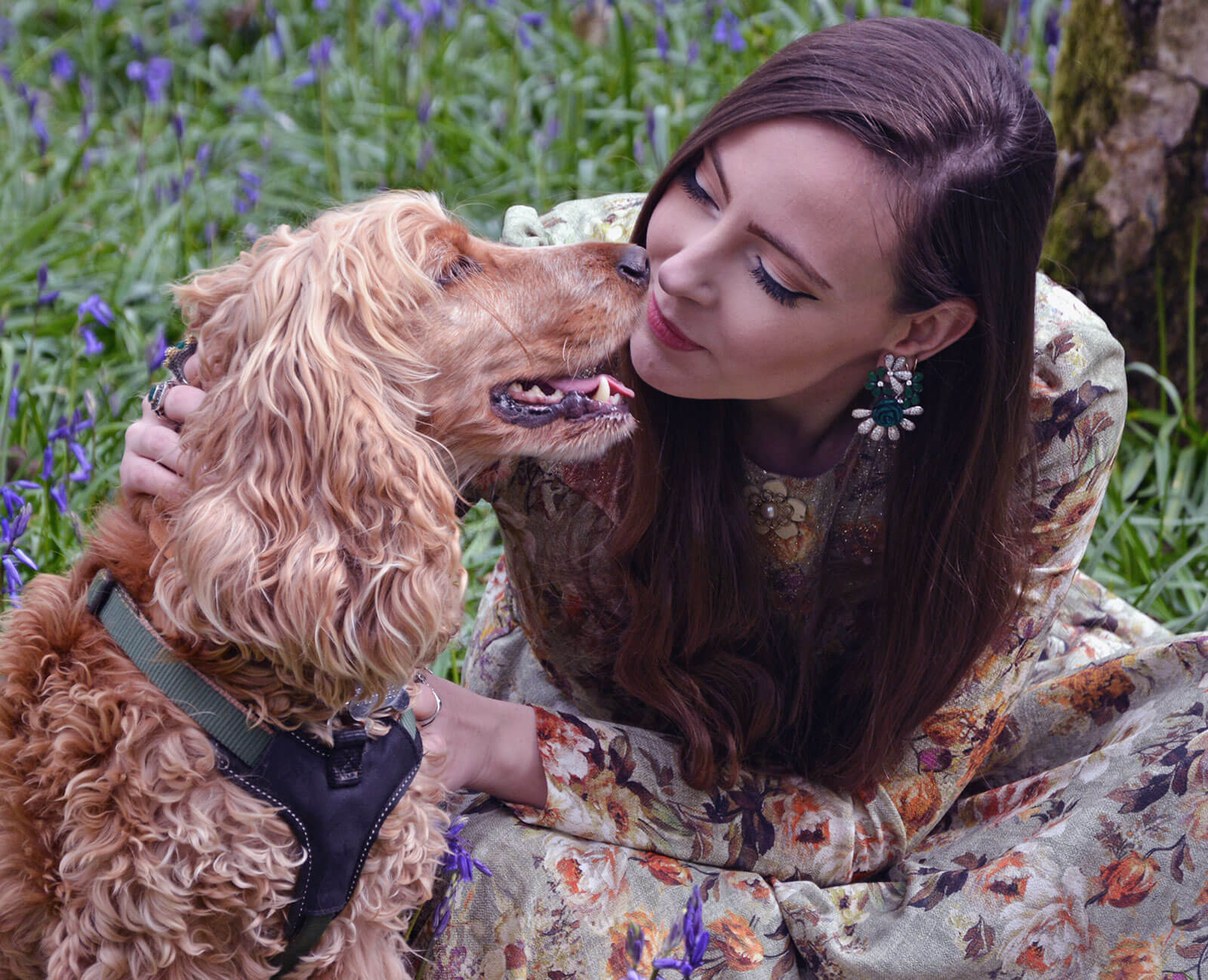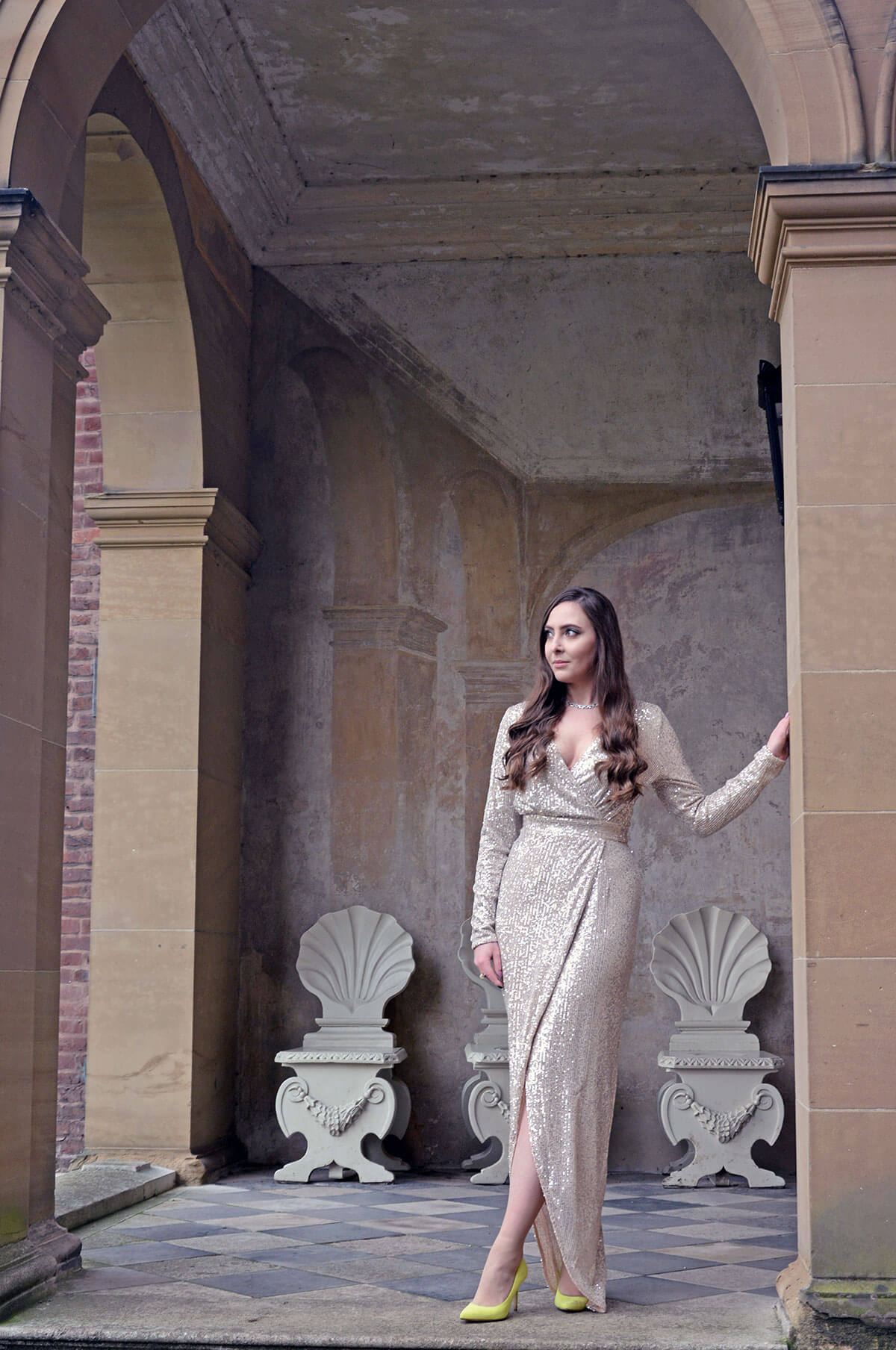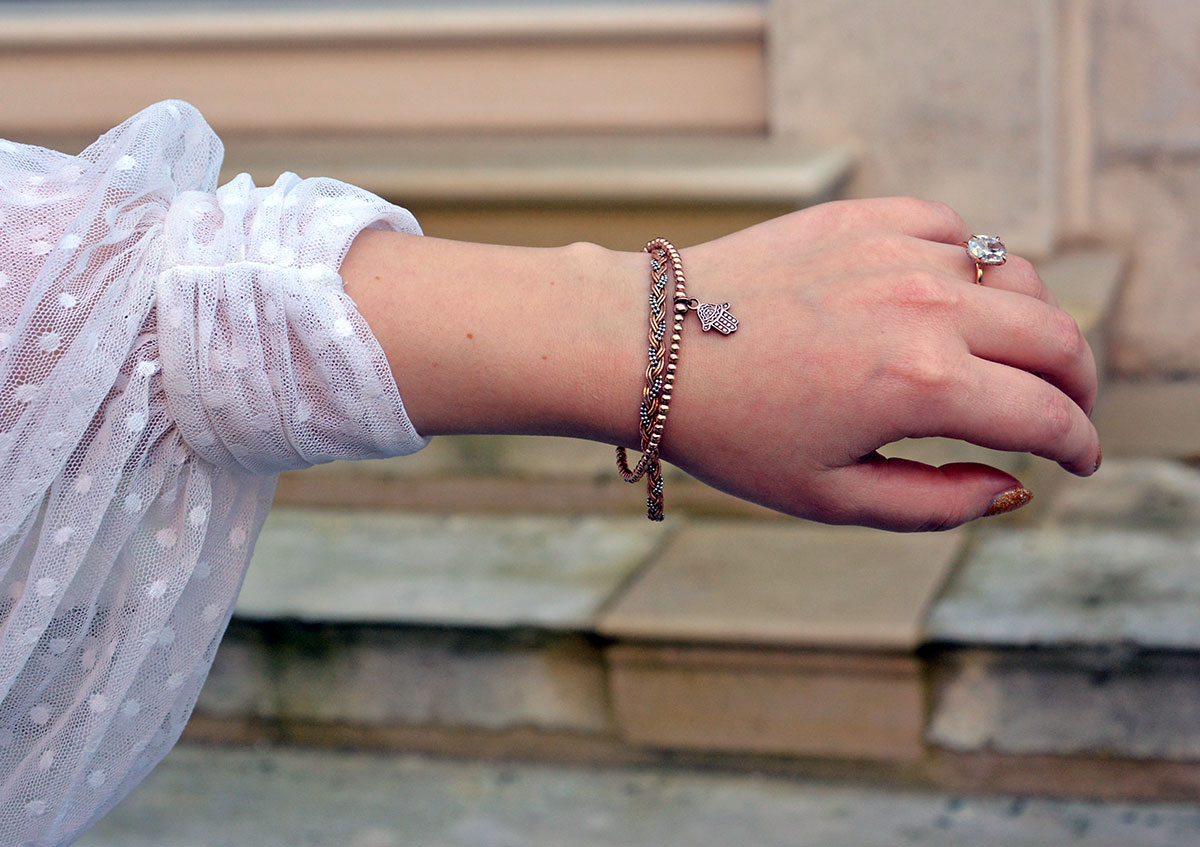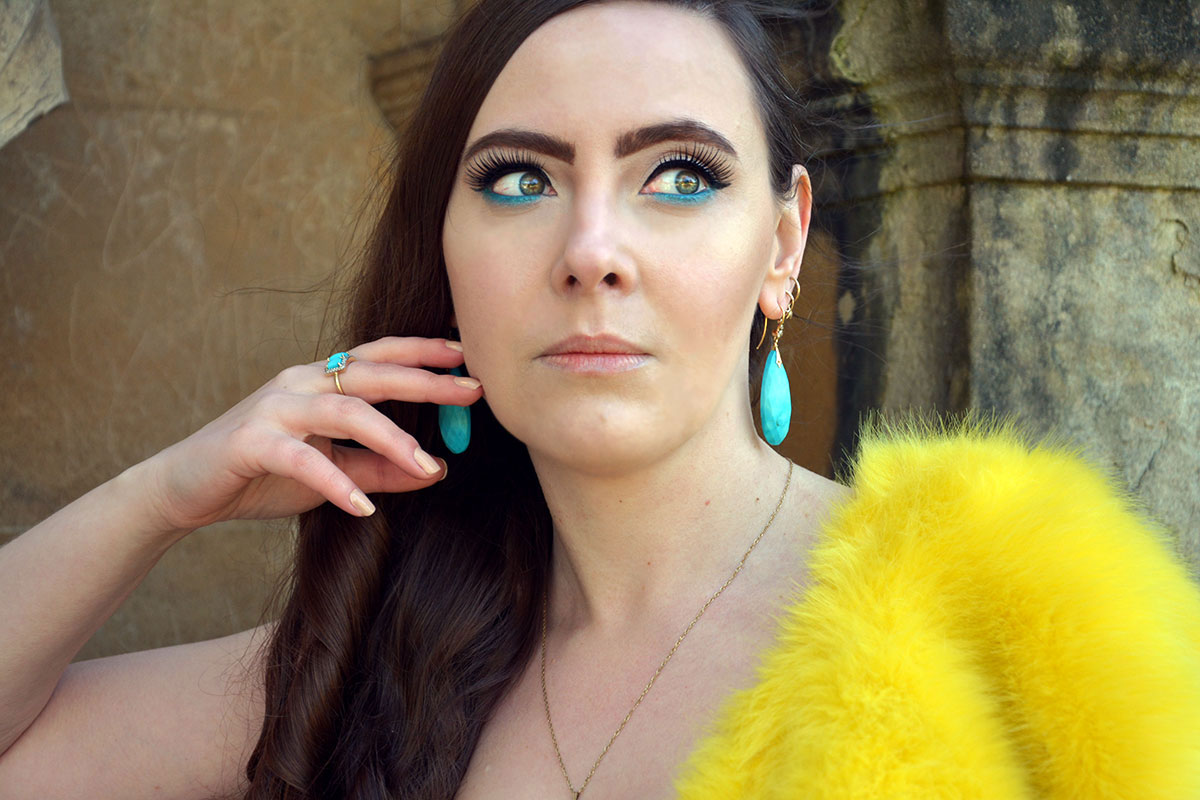
Many of us think we know turquoise very well. There isn’t a turquoise myth that can fool us. We can spot it a mile away. Diamonds or moissanites can be tricky beasts to distinguish, but turquoise, it just is easy. You probably have a pile of turquoise pieces at home already, it’s so common and in-expensive after all.
None of the statements above are true.
Diamonds and moissanites are relatively easy to tell apart if you know what to look out for, meanwhile turquoise has lulled us into a false sense of security. It made us wear plastic and look so damn good in it, no one even noticed that it wasn’t actually turquoise. It made us think that we could afford the best specimens out there, then served us with some powdered then bonded bits on a chain, and told us to have a nice rest of our holiday. Oh yes, turquoise fooled us all.
Buckle up turquoise fans, I am here to bust three of the biggest myths about turquoise, prevent some common mistakes, potentially break some hearts and awaken some braincells. I will be whipping out my calculator too. It’s about to get serious.
1. Truth or myth: Turquoise is a Turkish gem.
TURQUOISE MYTH! Turquoise was brought to Europe through Turkey, but it was actually mined in Persia, modern day Iran. Iran has been a key turquoise mining destination for more than 2,000 years. This gem and its colour are celebrated in Persian architecture and culture. It is not unusual to find blue mosaics on religious buildings in Iran as well as blue domes on palatial structures. This is because turquoise, or fīrūzeh in Farsi, symbolises heaven and is translated as victory. While Turkey has been a major trade route for turquoise export into Europe, it has never been mined there. European merchants did not know this at the time (or did not care to know), and for this reason the word turquoise comes from the French word turquois, which simply means Turkish.
Today’s major source of turquoise is America, with each mine producing very distinct colour and matrix varieties. Gems from closed US mines can command astronomical prices, for example the Lander Blue. Other sources of turquoise are China, Egypt (Sinai), Afghanistan, Australia, India, Chile and Turkestan, among others. Of course, compared to the United States, these locations play a relatively small role.
2. Truth or myth: Turquoise is cheap.
TURQUOISE MYTH! I’ve mentioned the word astronomical above. The best gem quality turquoise is much rarer and more expensive than gold, even in a crazy volatile market when the prices of the precious metal have gone through the roof. But I will not just say it, I am here to prove it.
I looked into a calculation by Trenton Otteson, an expert whose family has been in the turquoise mining business for more than three generations. In an interview with HowStuffWorks, he shared an easy formula, which I decided to recalculate using post-inflation pricing.
So, let’s do the math, calculators out.
According to Otteson, if we mine 45 kilograms of turquoise, only roughly 400 grams of the bounty will be considered of gem or fine quality. The higher the grading, the higher the price, reaching up to USD 200 per carat for the best of the best.
Meanwhile, the price of gold goes up and down all the time, so let’s take its price at the time of writing (the markets are extremely volatile, so the price of gold is very high) of USD 1,997 per ounce.
There are 16 ounces in 400 grams.
This means: USD 1,997 x 16 = USD 31,952. A whole lot of money for 400 grams of gold.
Now let’s calculate the price of turquoise for the same amount, 400 grams. Let’s not even make it the best of the best, let’s take the USD 50 per carat variety.
There are up to 2000 carats of turquoise in 400 grams.
This means: $50 x 2000 = USD 100,000. More than three times the heavily inflated price of gold. Now think about the USD 200 per carat variety.
So why is it that one can buy turquoise for dirt cheap when on holiday or simply shopping around? This leads us to the next truth or myth.
3. Truth or myth: 90% of all turquoise is fake or tampered with.
TURQUOISE TRUTH! Cheap turquoise often means not completely natural turquoise, or not even turquoise at all. Here are some of the products you may have thought were natural turquoise, but they are not even close:
- Plastic, epoxy or resin: This is what you will potentially get for dirt cheap. These inexpensive materials are simply dyed in a cheerful sky blue colour, and set into base metals, and sometimes even sterling silver. The reason for this is that turquoise is so rare, that even its specific shade is of value.
- Dyed howlite or magnesite: Both of these are naturally occurring minerals. Howlite and magnesite are used in the jewellery trade for beads, parts, carving and imitation of gemstones. These minerals are white, porous and easy to dye, plus they have veining which turquoise is also known for, though the patterns are quite different. In turquoise the veining is known as the matrix. Some exceptionally good dyed howlite jobs can be difficult to spot, especially if you are on the market for turquoise but you’re not into gemology, and are looking just at the colour as the main reference. It’s a shame howlite is not popular in its natural form – it looks like beautiful marble straight from your dream kitchen island’s worktop.
- Chrysocolla: A gemstone in its own right, albeit walking towards Frankenstein’s territory. It has very high copper content and latches onto turquoise, malachite, cuprite, quartz, azurite, limonite and adds these to its consistency. This mix is what creates chrysocolla’s unique colour features and veining. No stone is the same. To confirm: Does this mean it is turquoise? No, it means it’s chrysocolla. Can it be turquoise? No, it can be chrysocolla that may have some turquoise. It’s still chrysocolla. This is not the first time a truly beautiful gemstone is marketed as something it is not. Remember how garnets were called bohemian rubies for clout?
- Bonded or reconstituted turquoise: To put it crudely, this is powdered turquoise mixed with plastic or epoxy to create a slab. You can then cut it and shape it until you’re blue in the face, or carve out your face in the blue gemstone. Literally. This is considered low grade turquoise, as the material does contain it. Some jewellers and costume jewellery manufactures favour bonded turquoise as due to its plastic content, it will never change colour – a characteristic real turquoise is known for.
- Backed turquoise: This is a practice of glueing a thin slice of turquoise to a hard material. This makes the stone more durable, despite turquoise simply being a veneer. This method is particularly popular in Southwestern United States, where native indigenous people wear a significant amount of turquoise as it plays a key, though differing, role in their cultures.
- Stabilised turquoise: This is a process of applying clear filler material such as plastic or epoxy to real turquoise through pressure. This affects the value of the gem, but the shiny colour is maintained and the stone is hardened. To a consumer who simply wants the look, this is a very cost-effective variant.
- Enhanced turquoise: This is one of the best quality turquoise you can get as a consumer. The enhancement procedure is simply applying naturally-occurring minerals to medium-high quality turquoise using an electrical current. This process hardens the gem, intensifies its colour without the need for an epoxy layer. This bath soak for turquoise is called the Zachary treatment. It was created by James E. Zachery as recently as the 1980s.
- Natural turquoise: Finally, the real, untampered with, deal. This gem is ready to be used for jewellery without any further enhancement, the true cost of which we calculated above.
Misconceptions about turquoise in three sentences
With all of the above in mind, I hope you learned three key things from this article:
1. Do not ask if this turquoise stone is from Turkey, it isn’t.
2. Plastic is cheap, but the best quality turquoise is more valuable than gold, as proven by math.
3. Faking turquoise is wide-spread – but this doesn’t mean that fake turquoise is value-less as it is still desirable because of its hypnotic blue colour.
Have these myths about turquoise ever fooled you? Do you have turquoise in your jewellery box?
